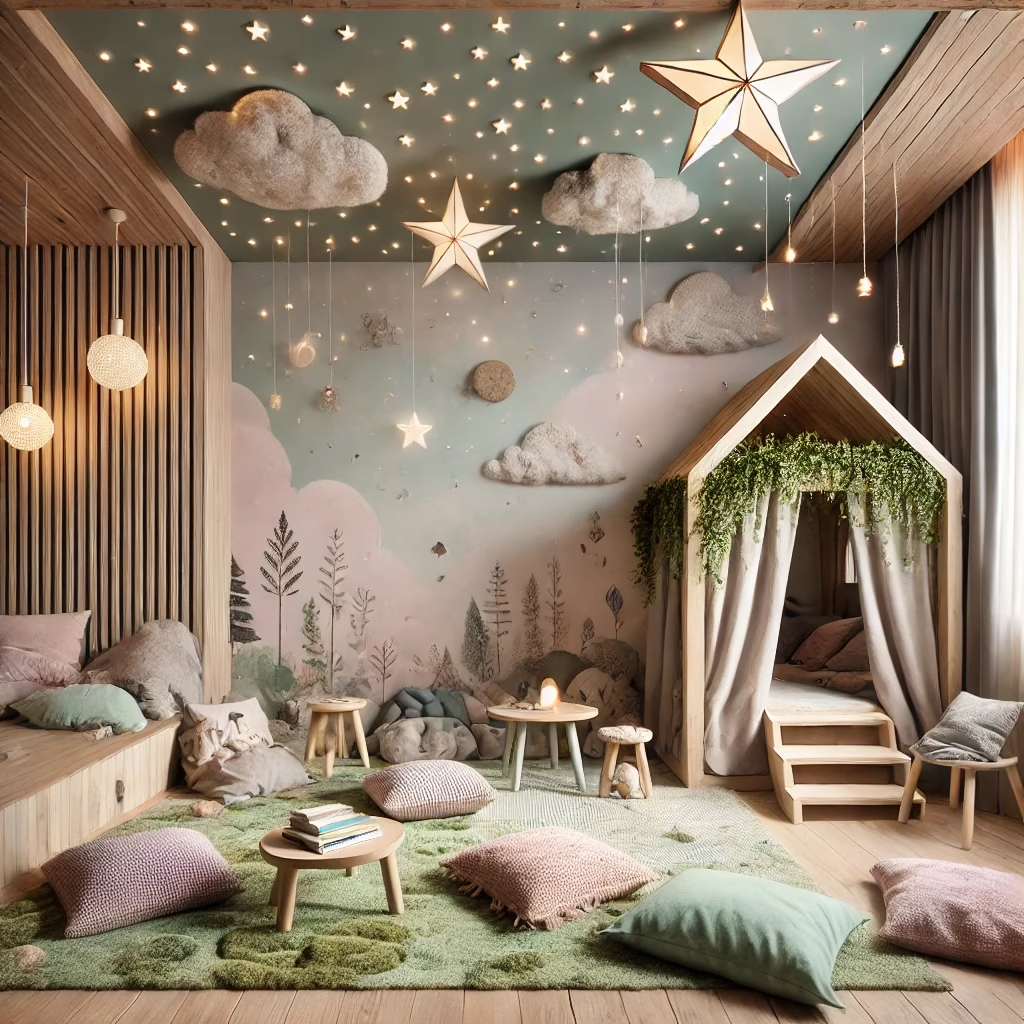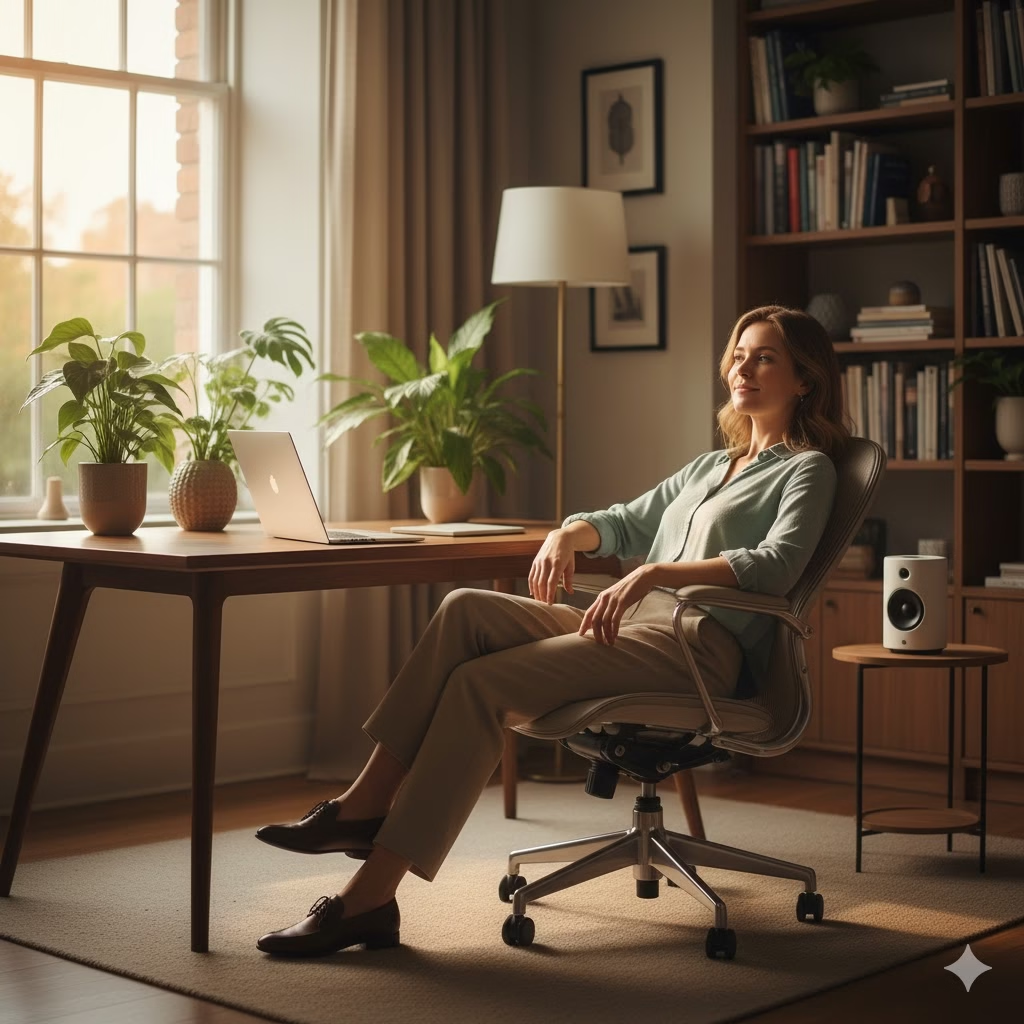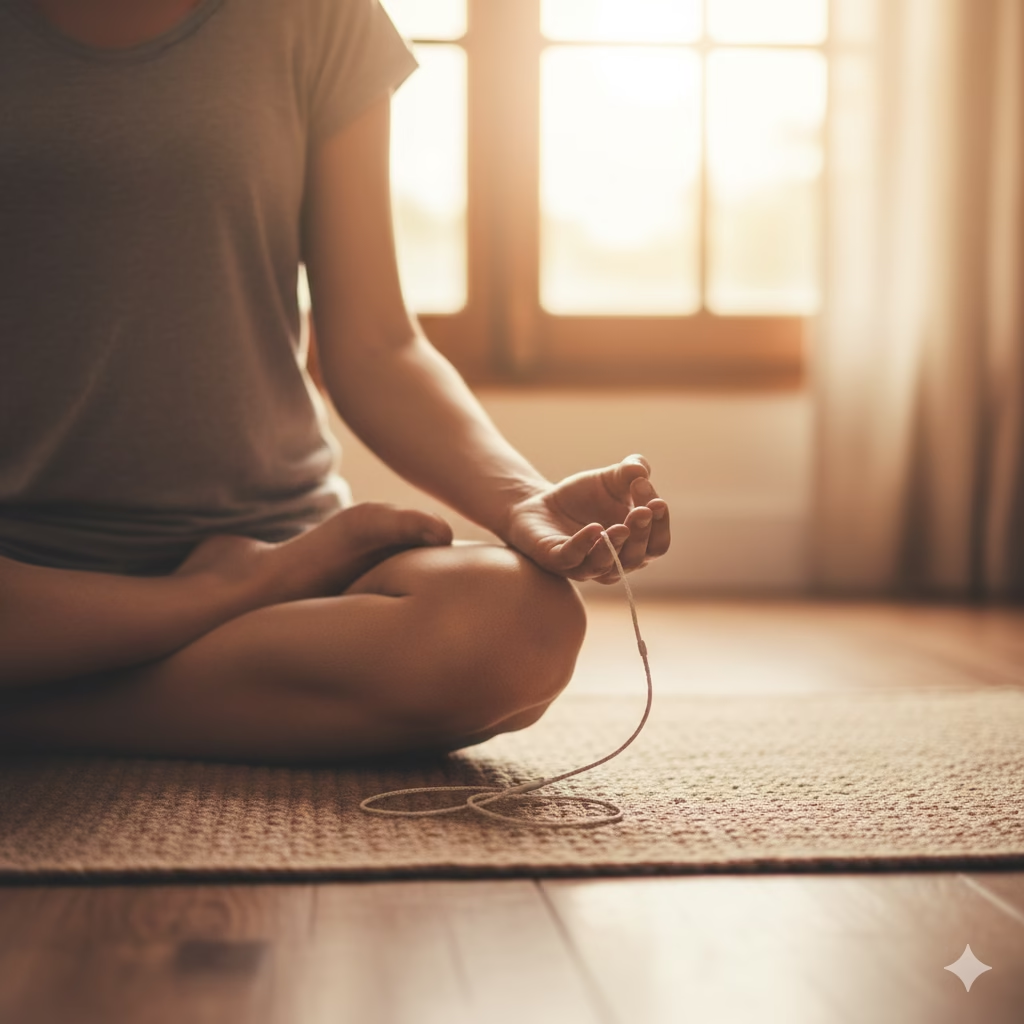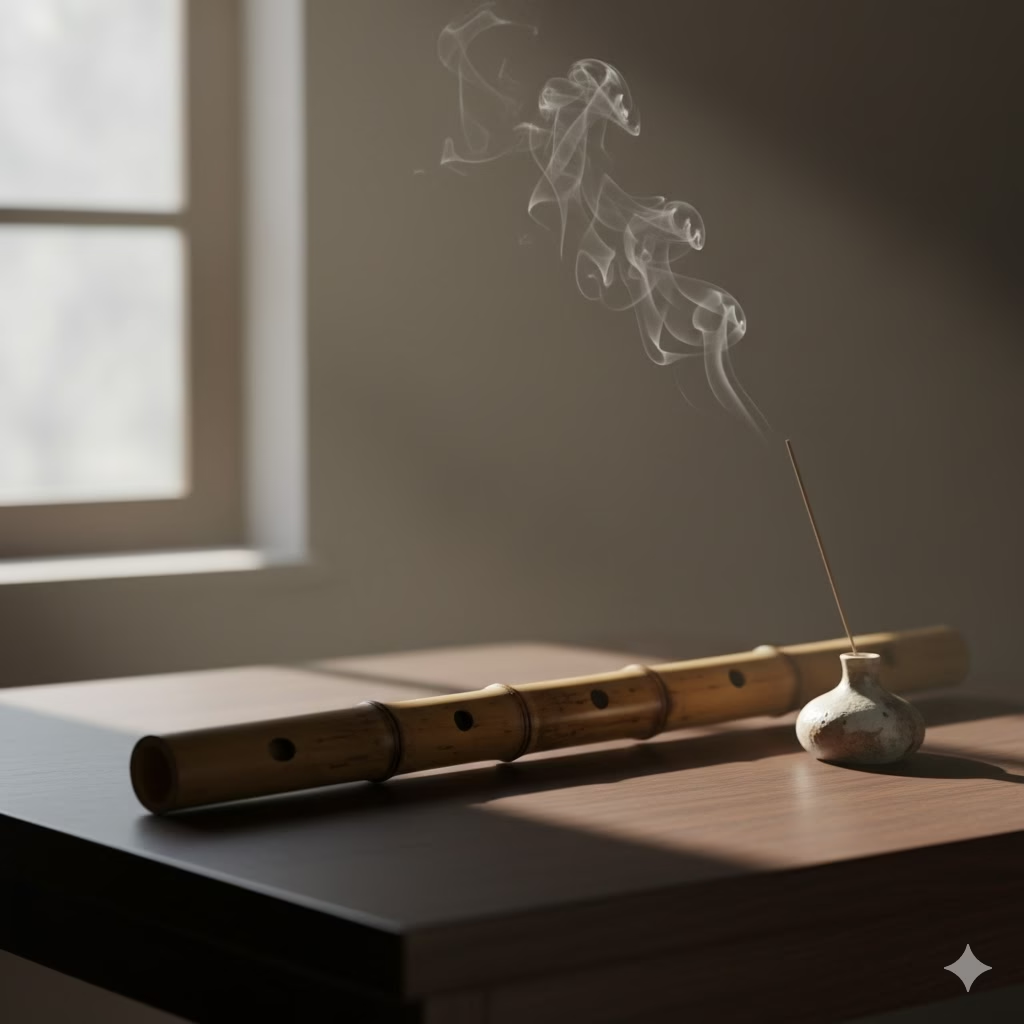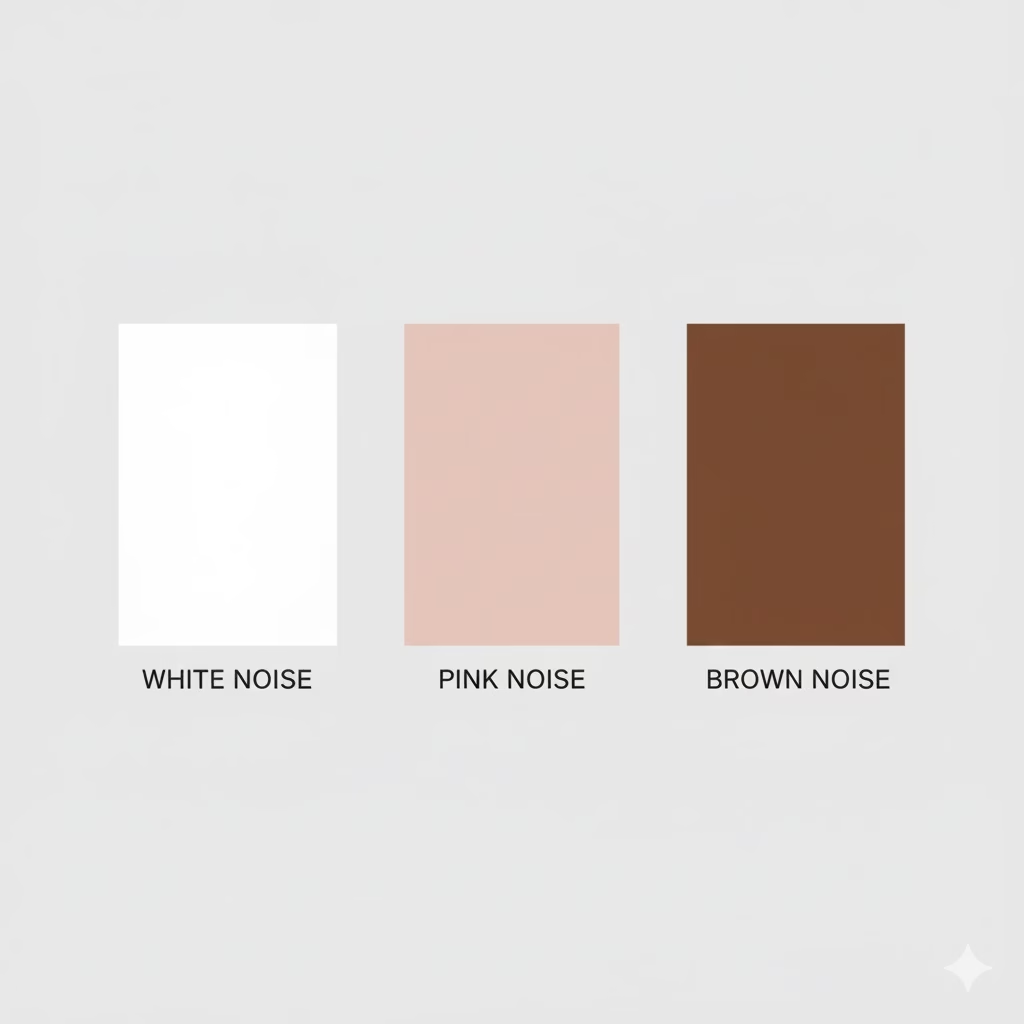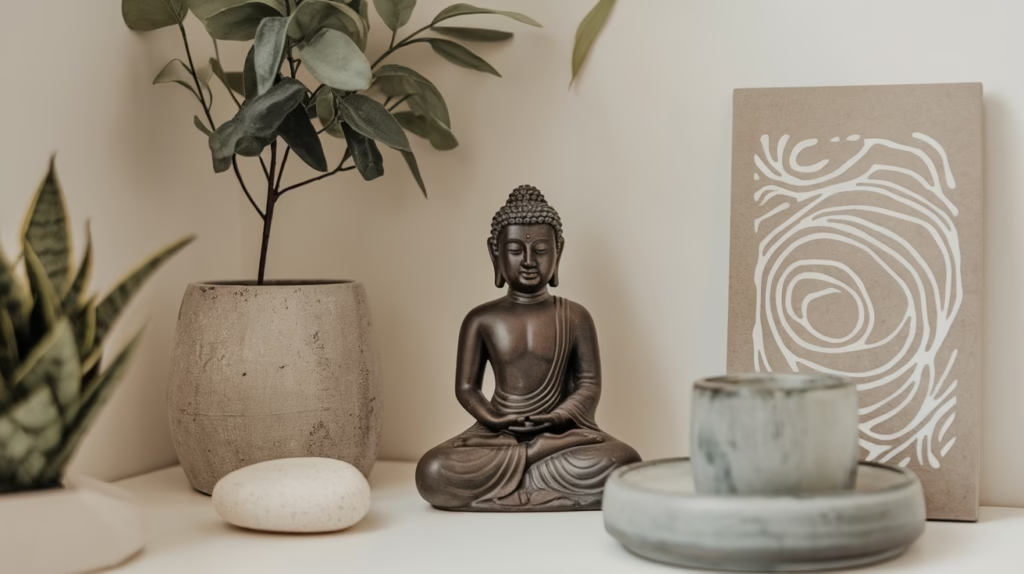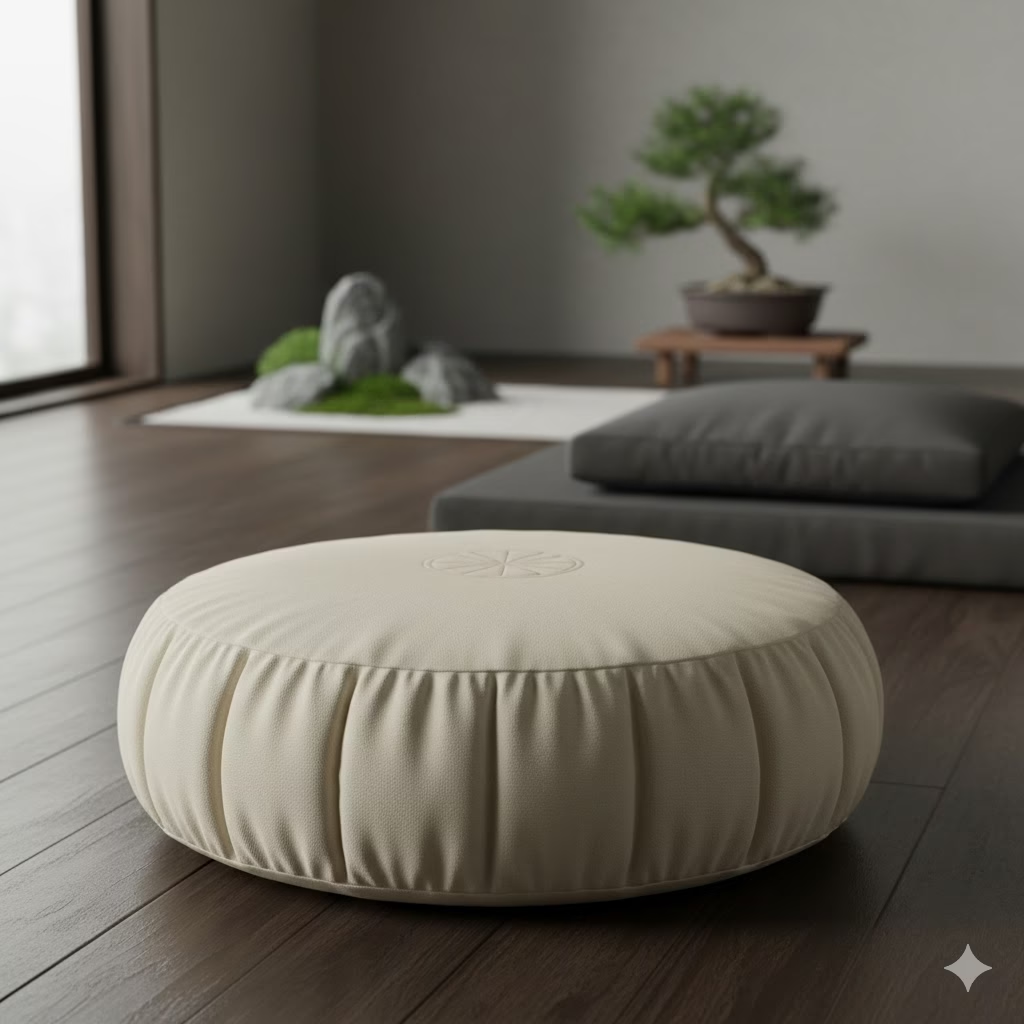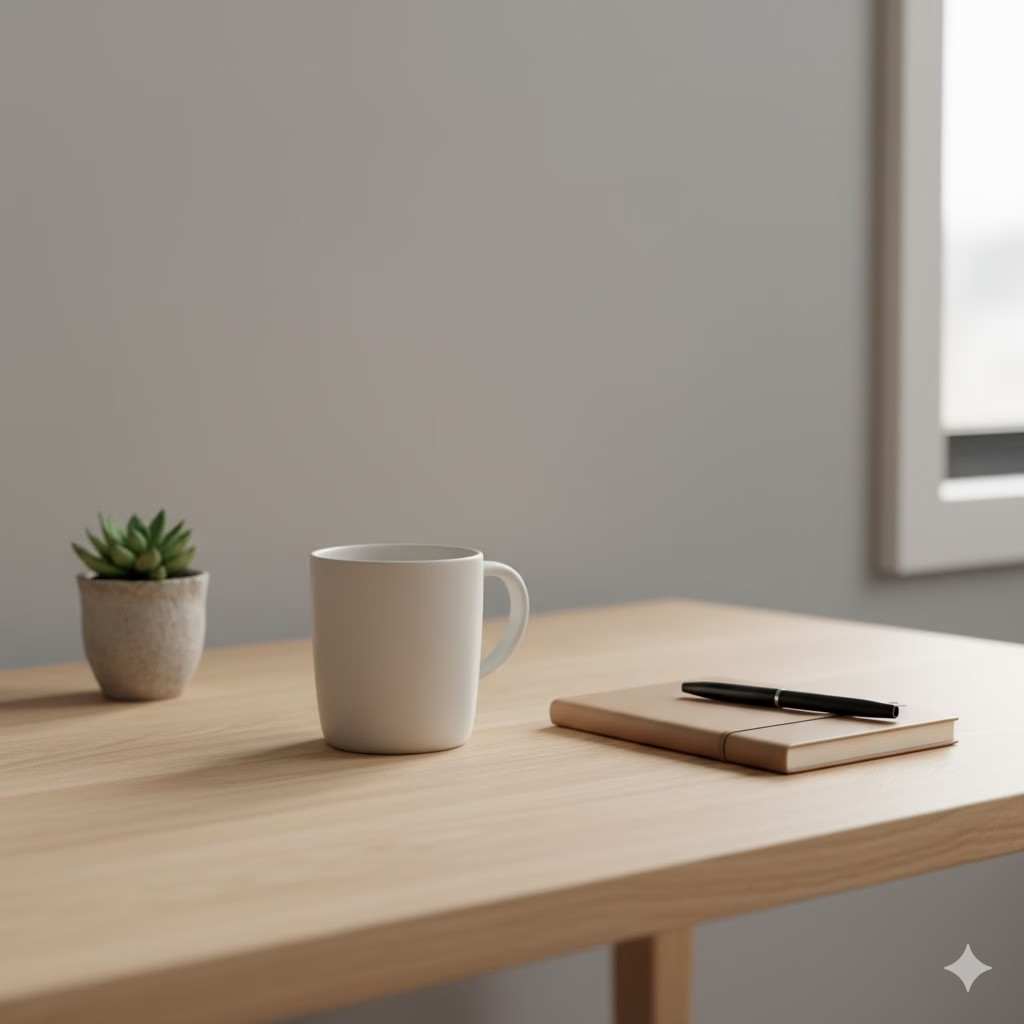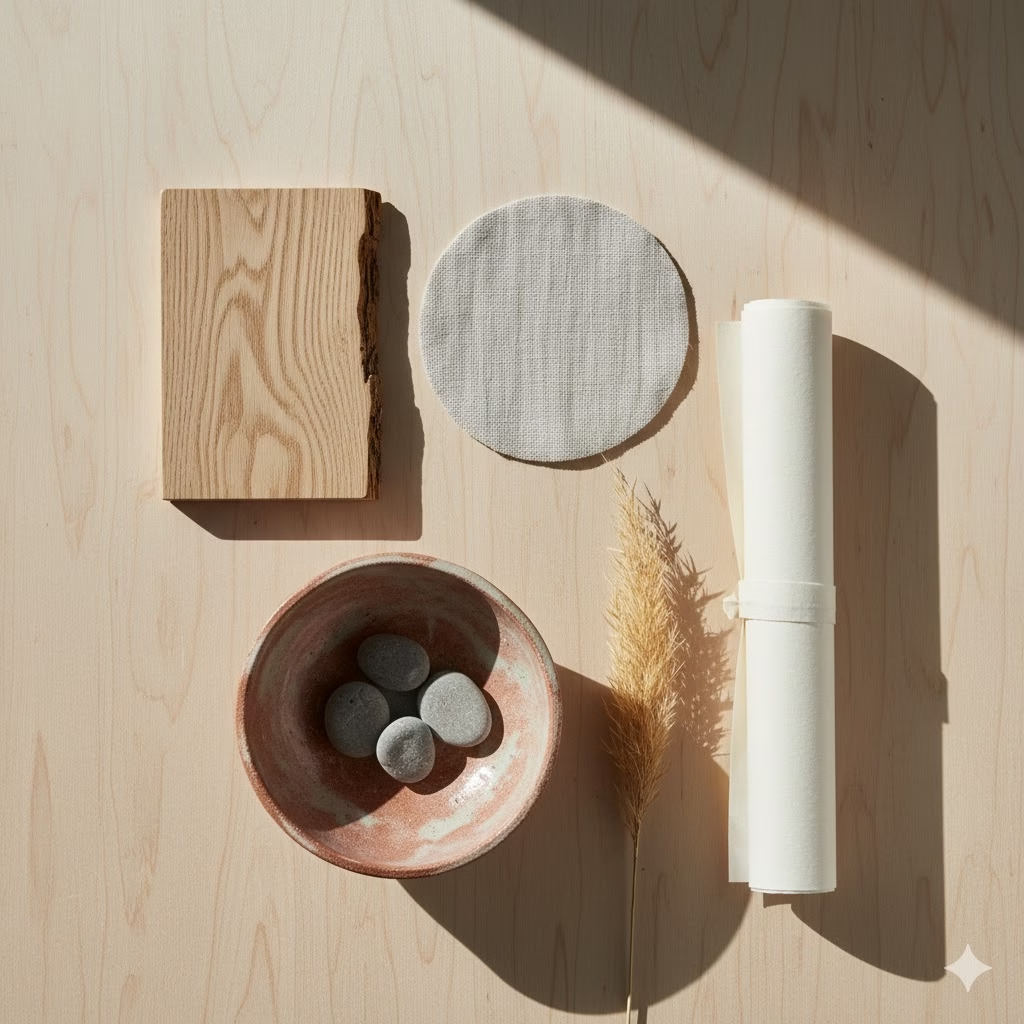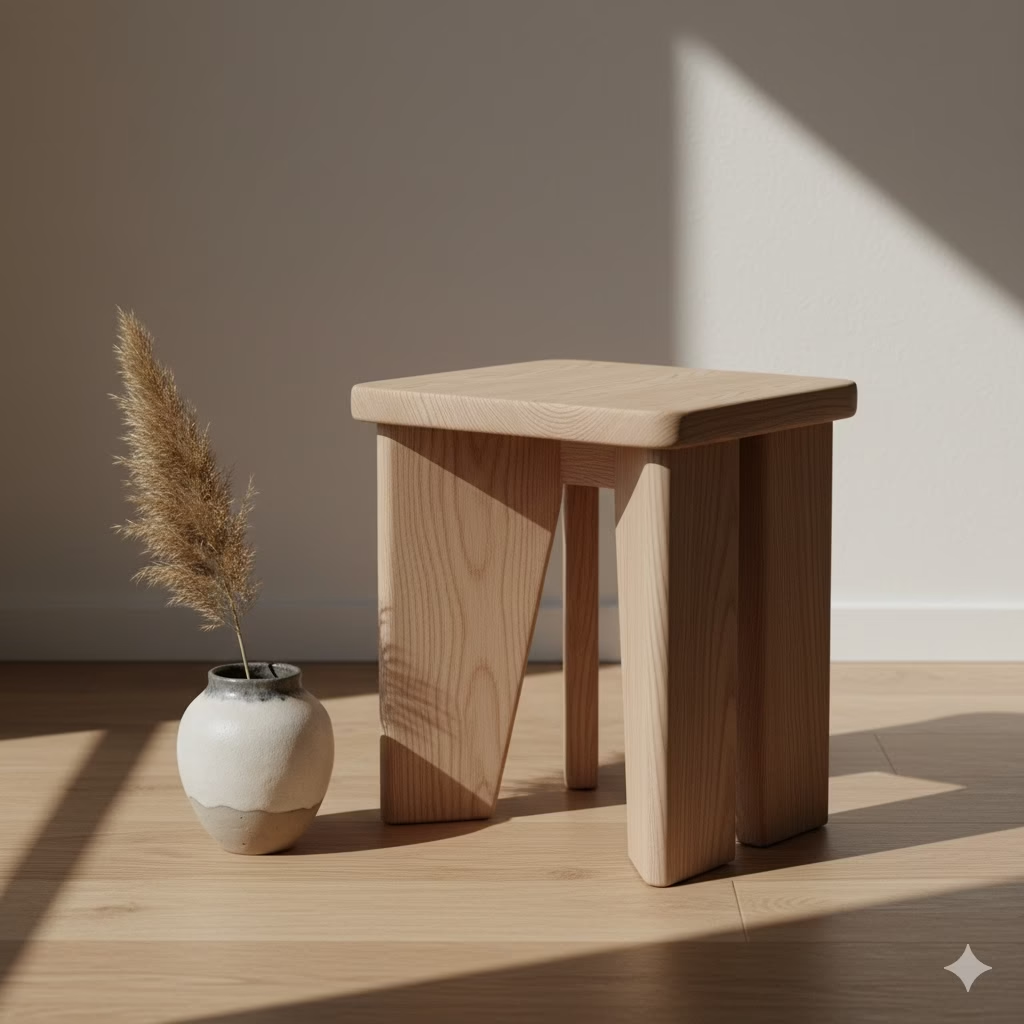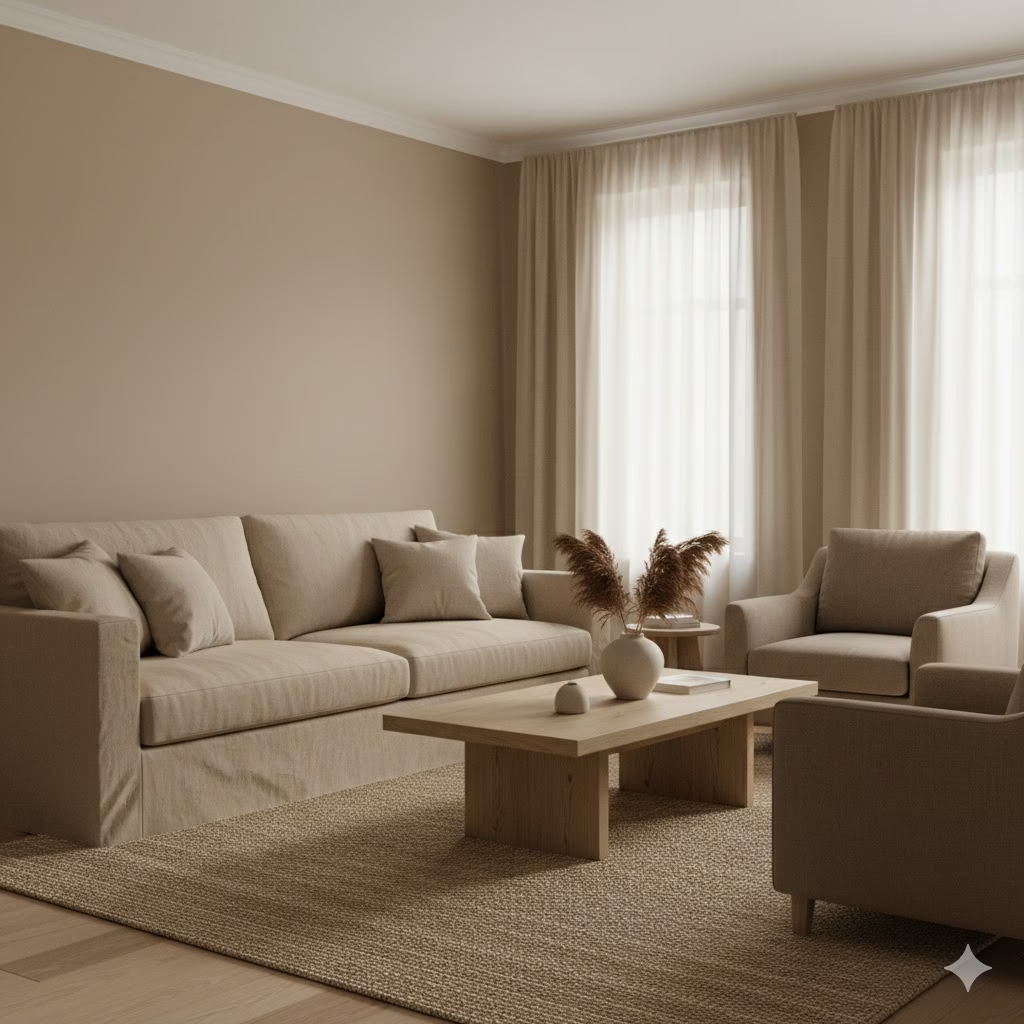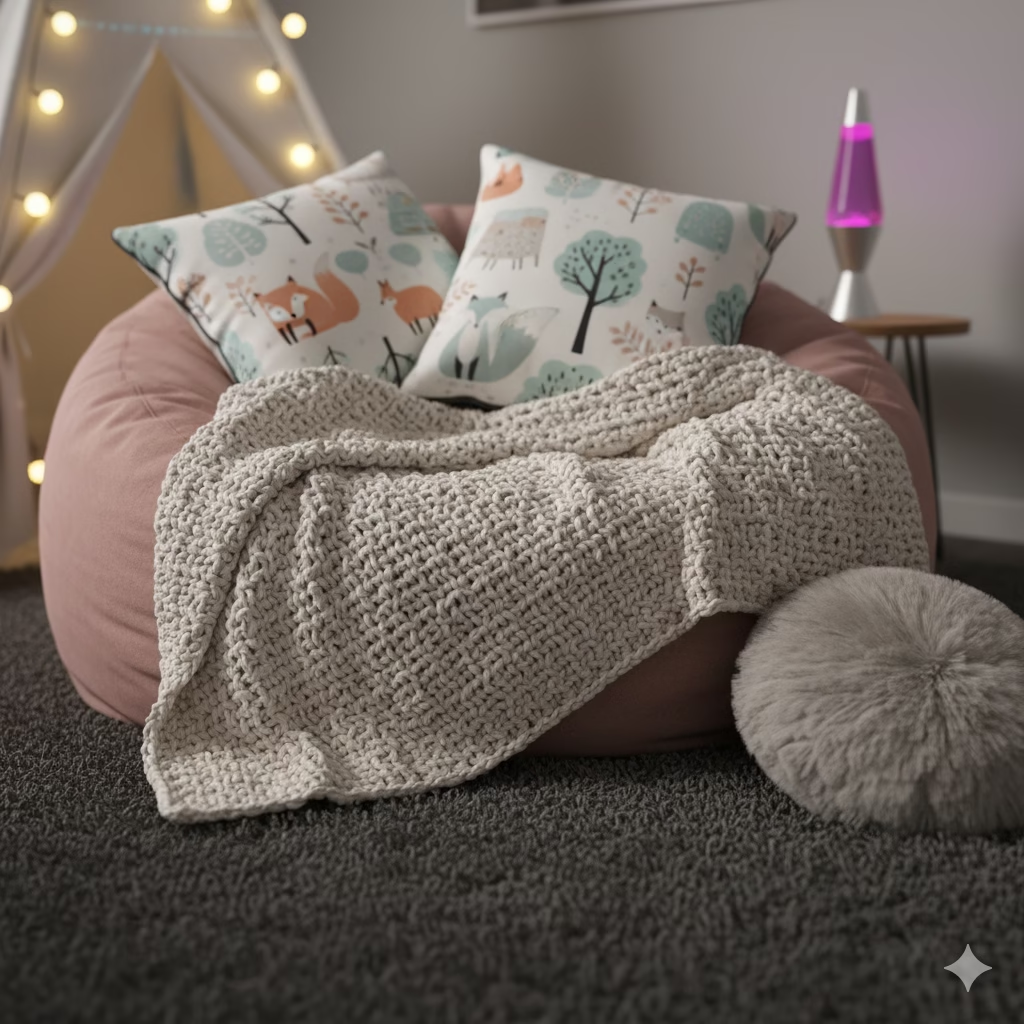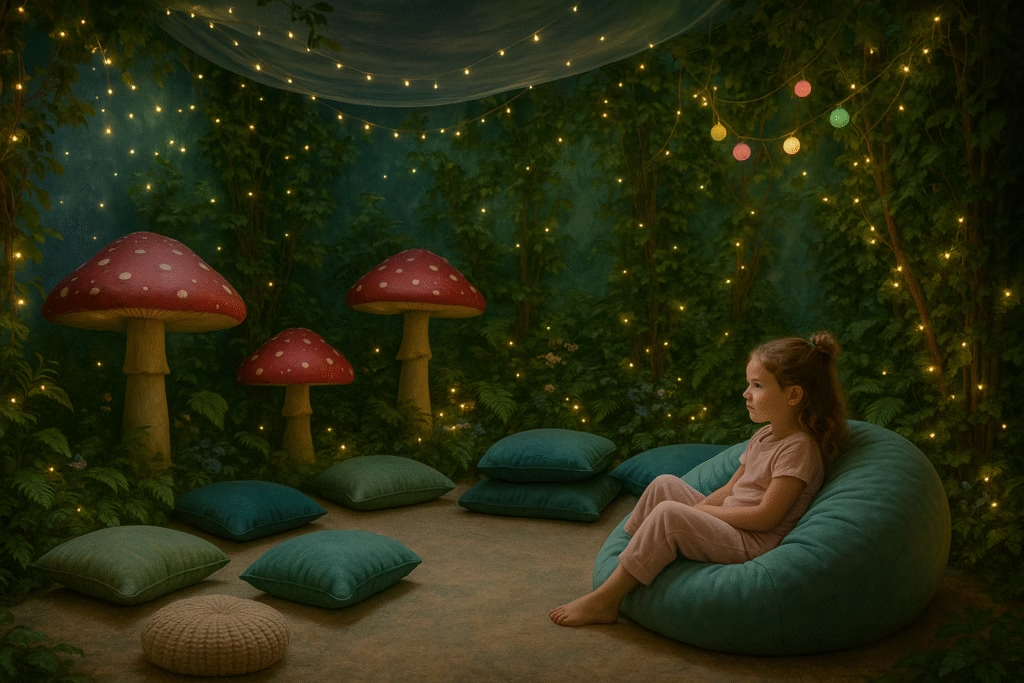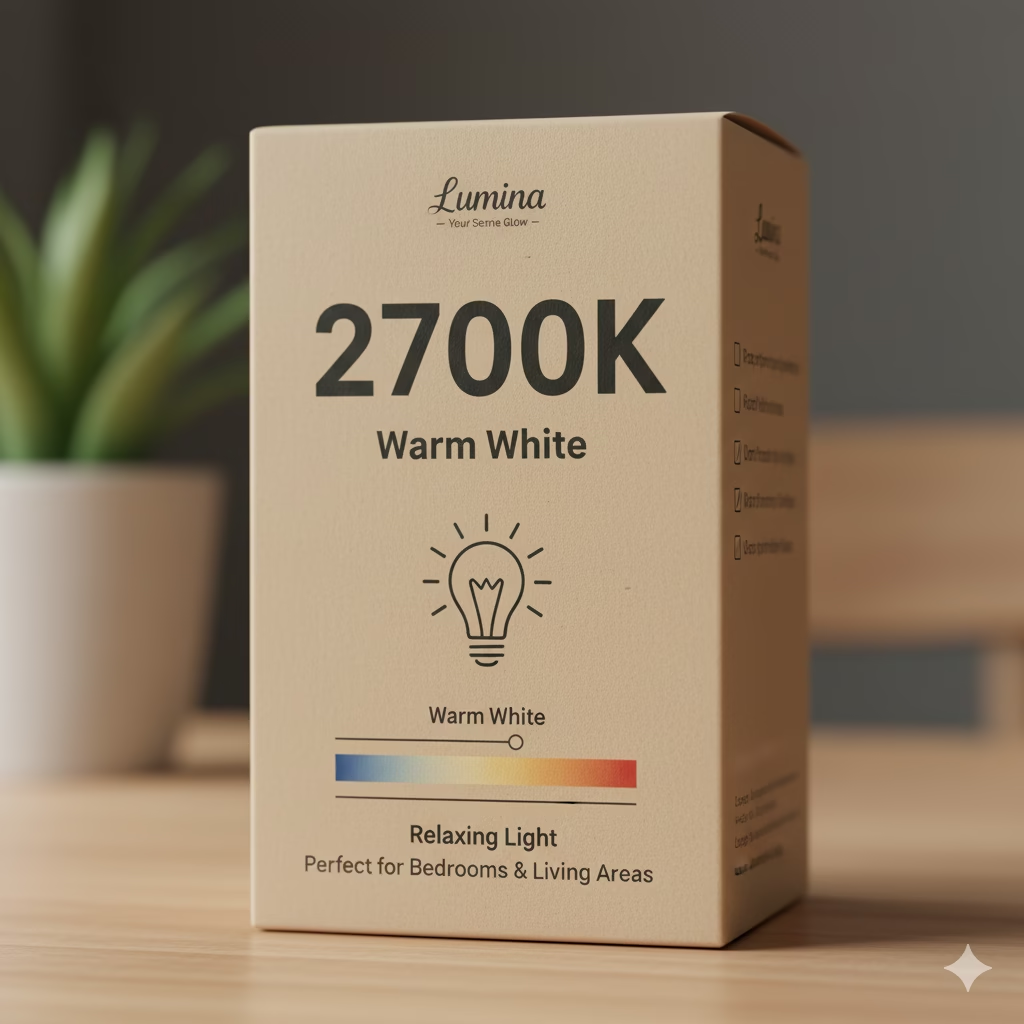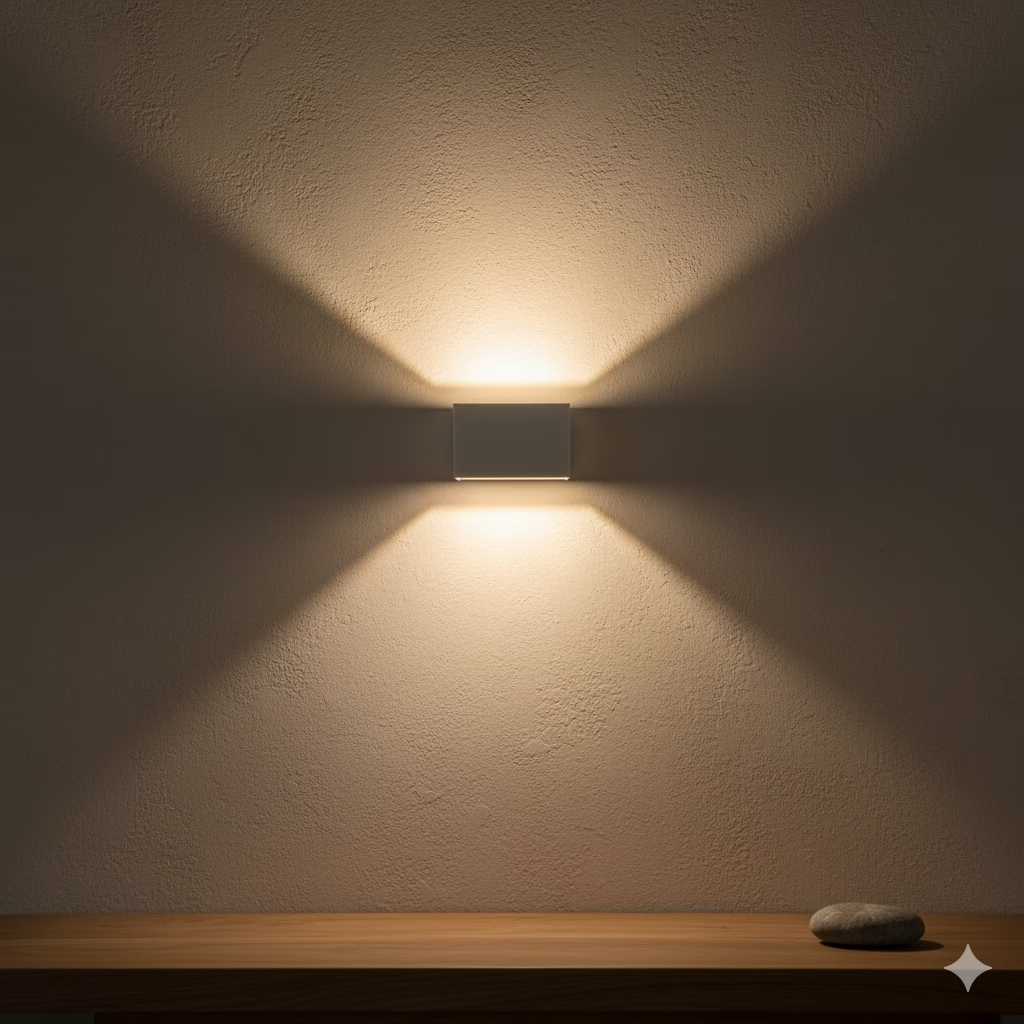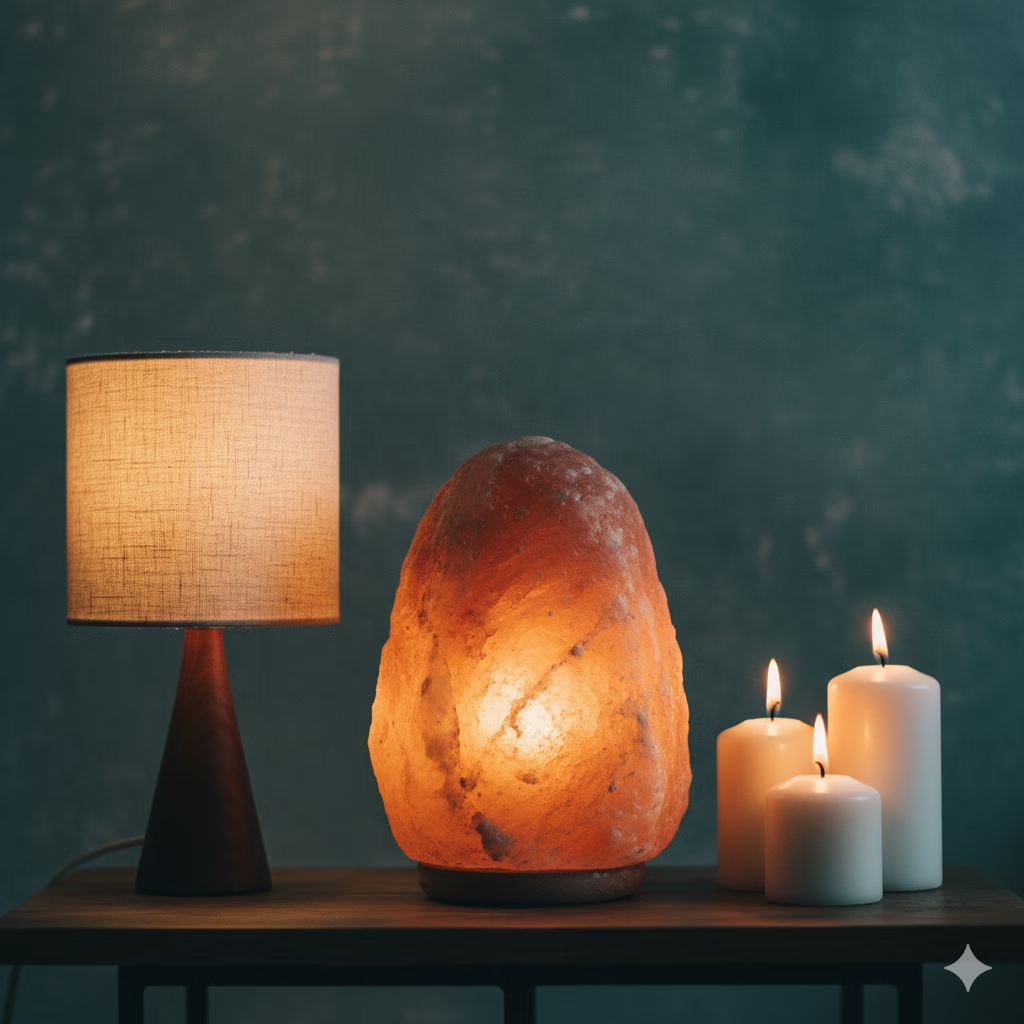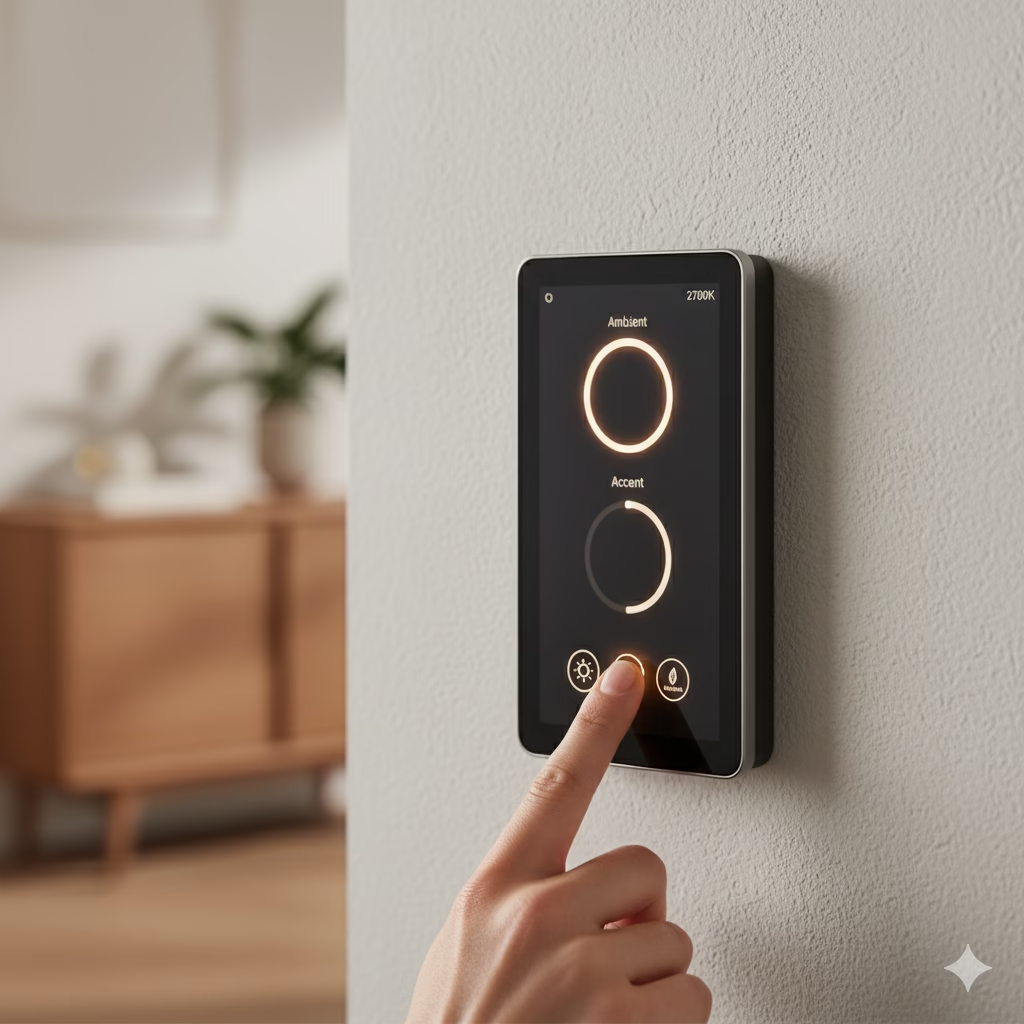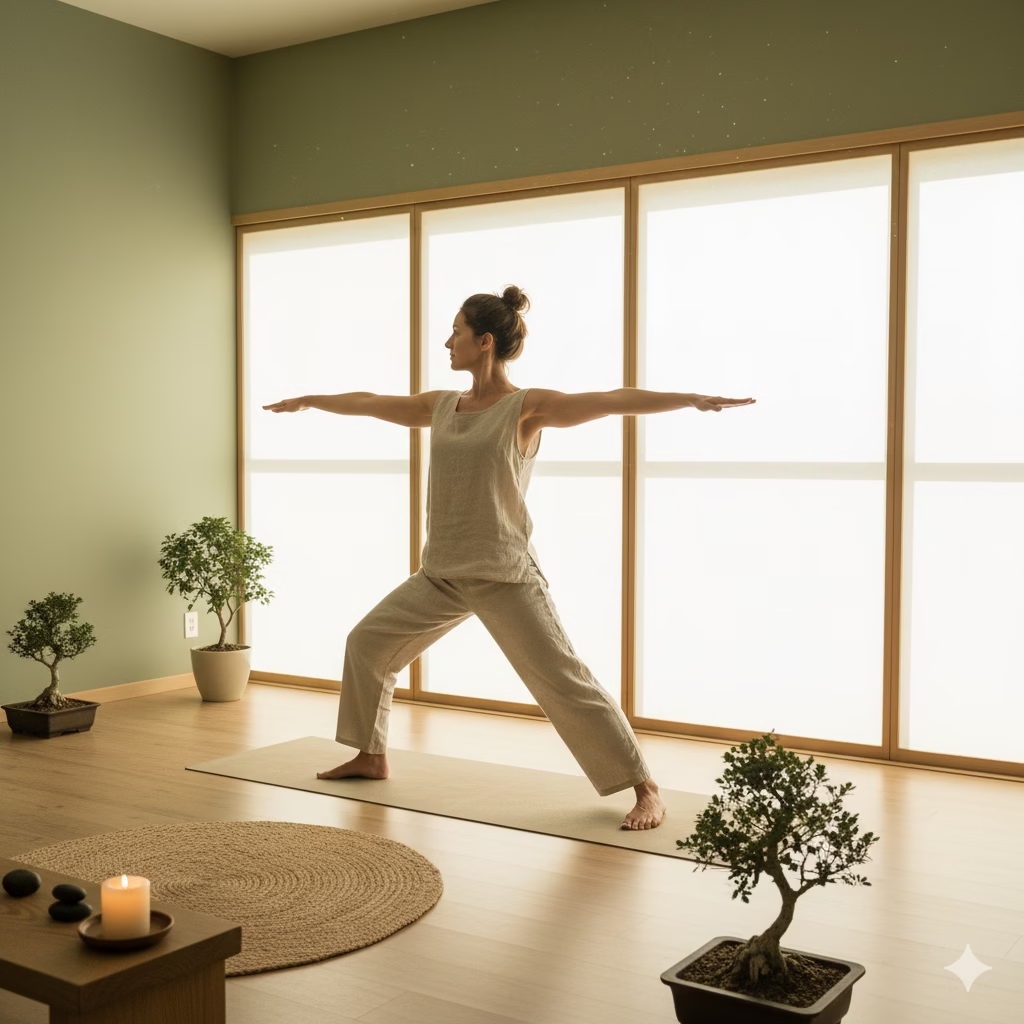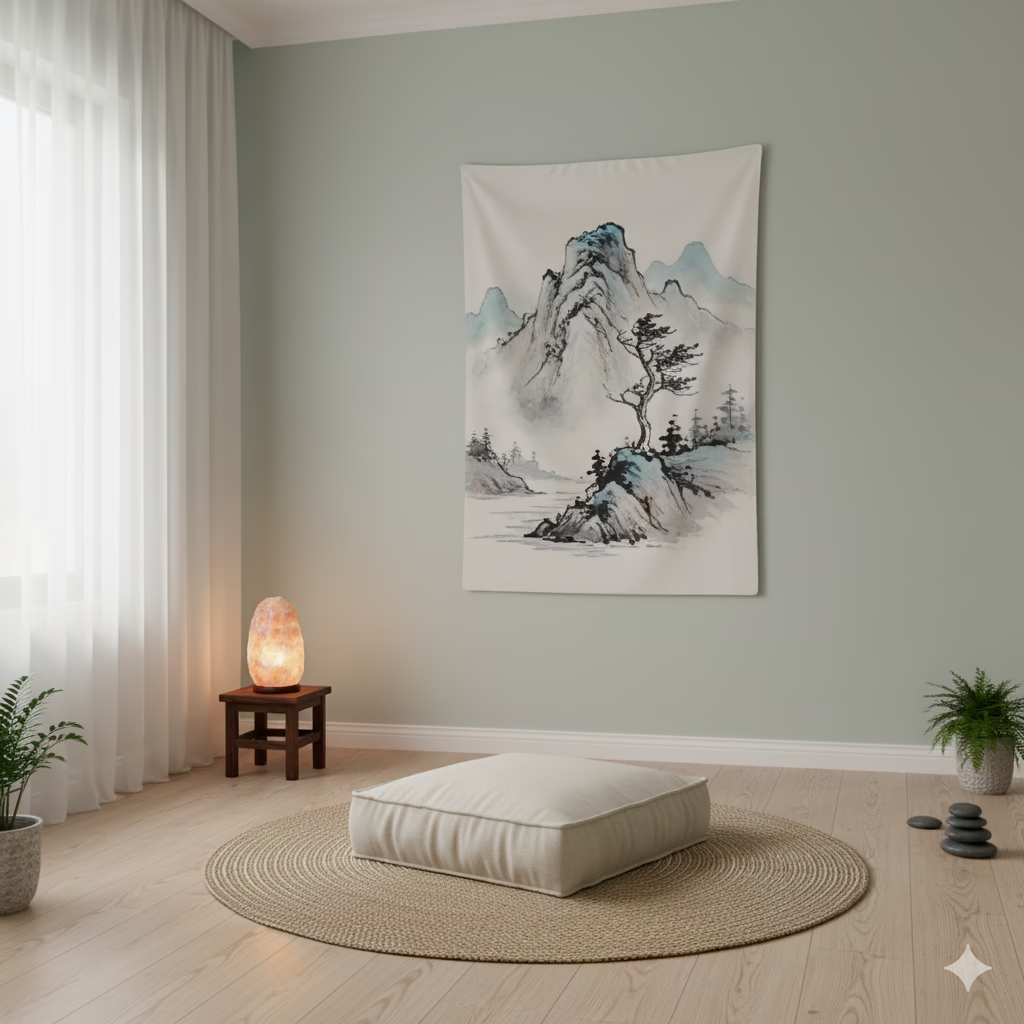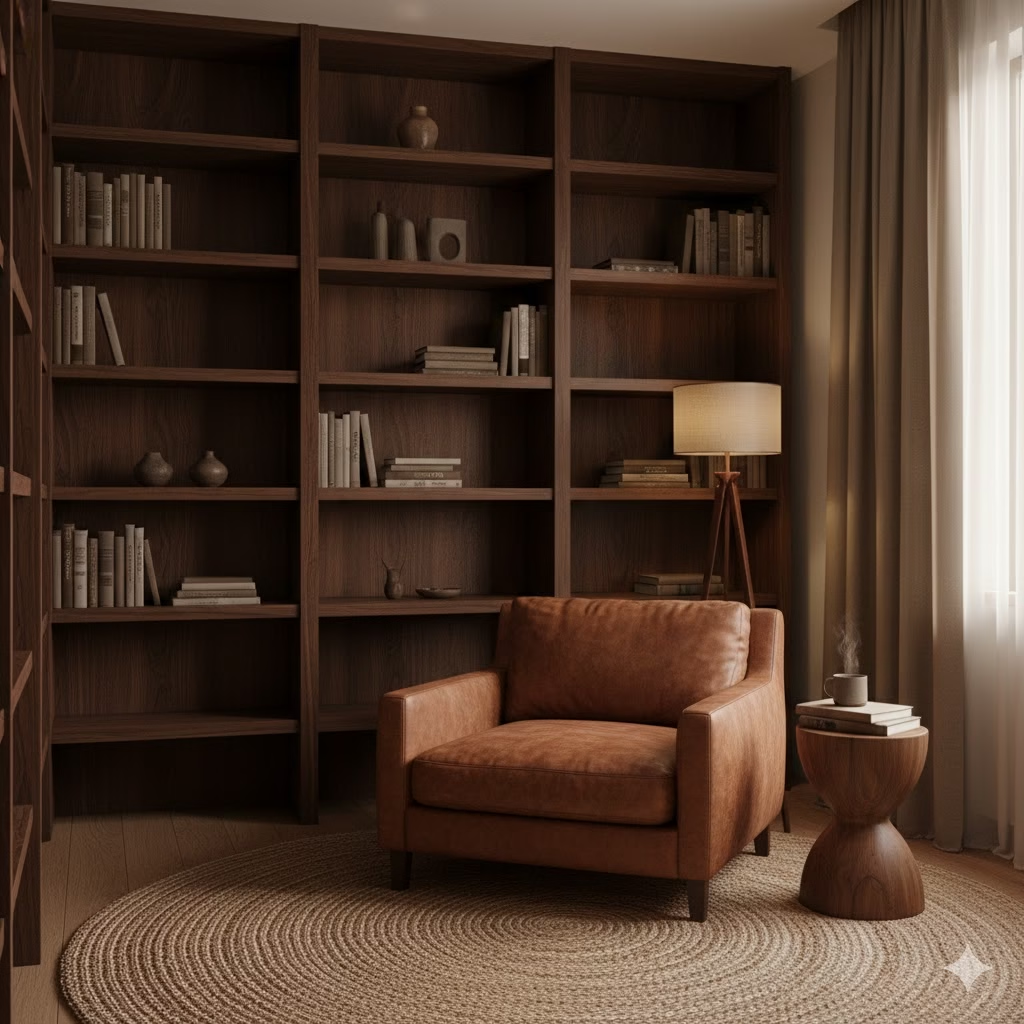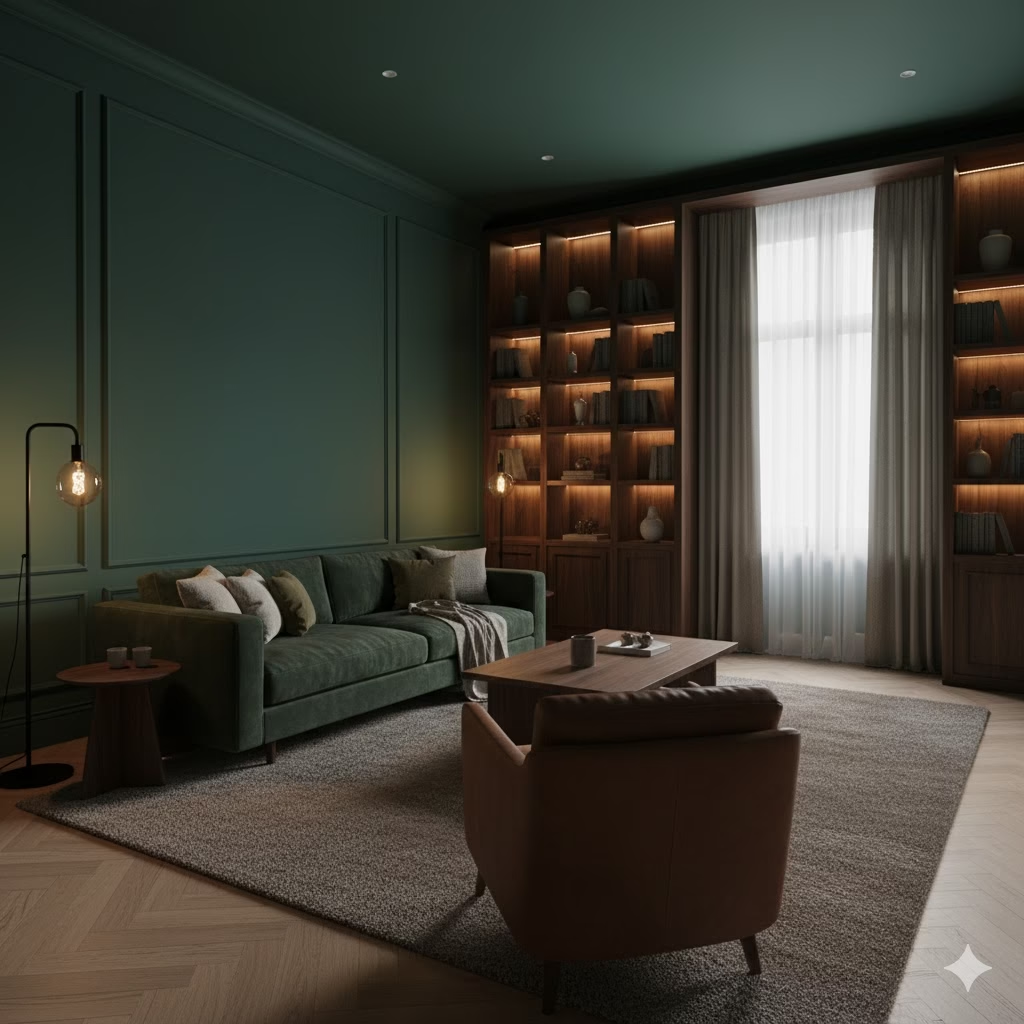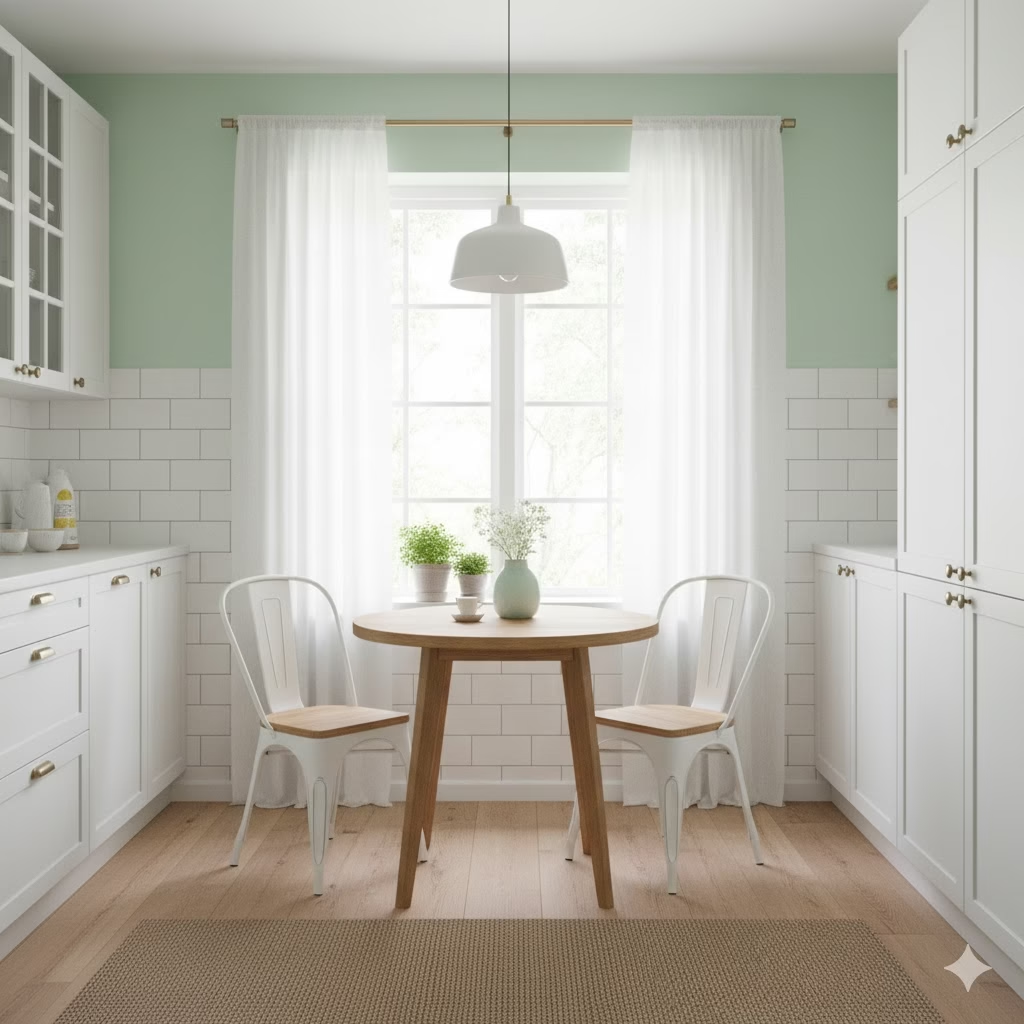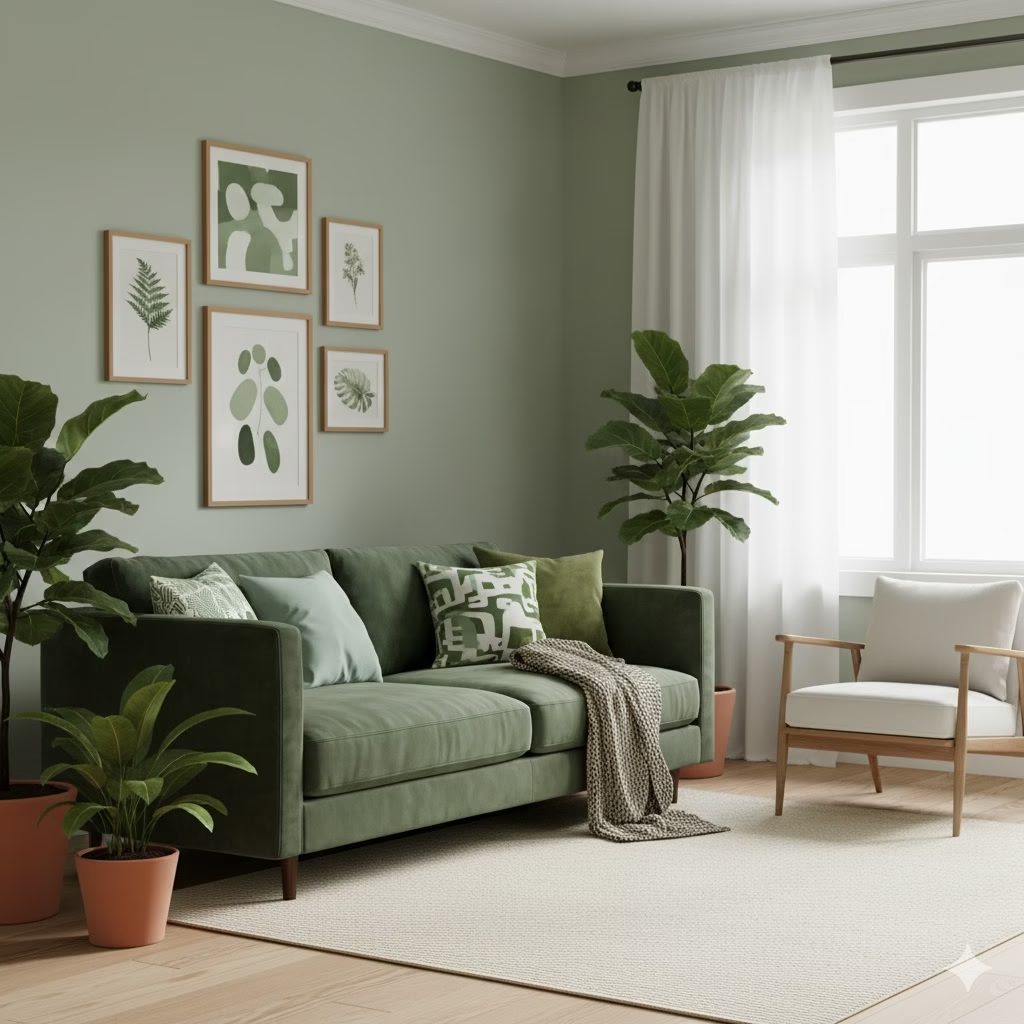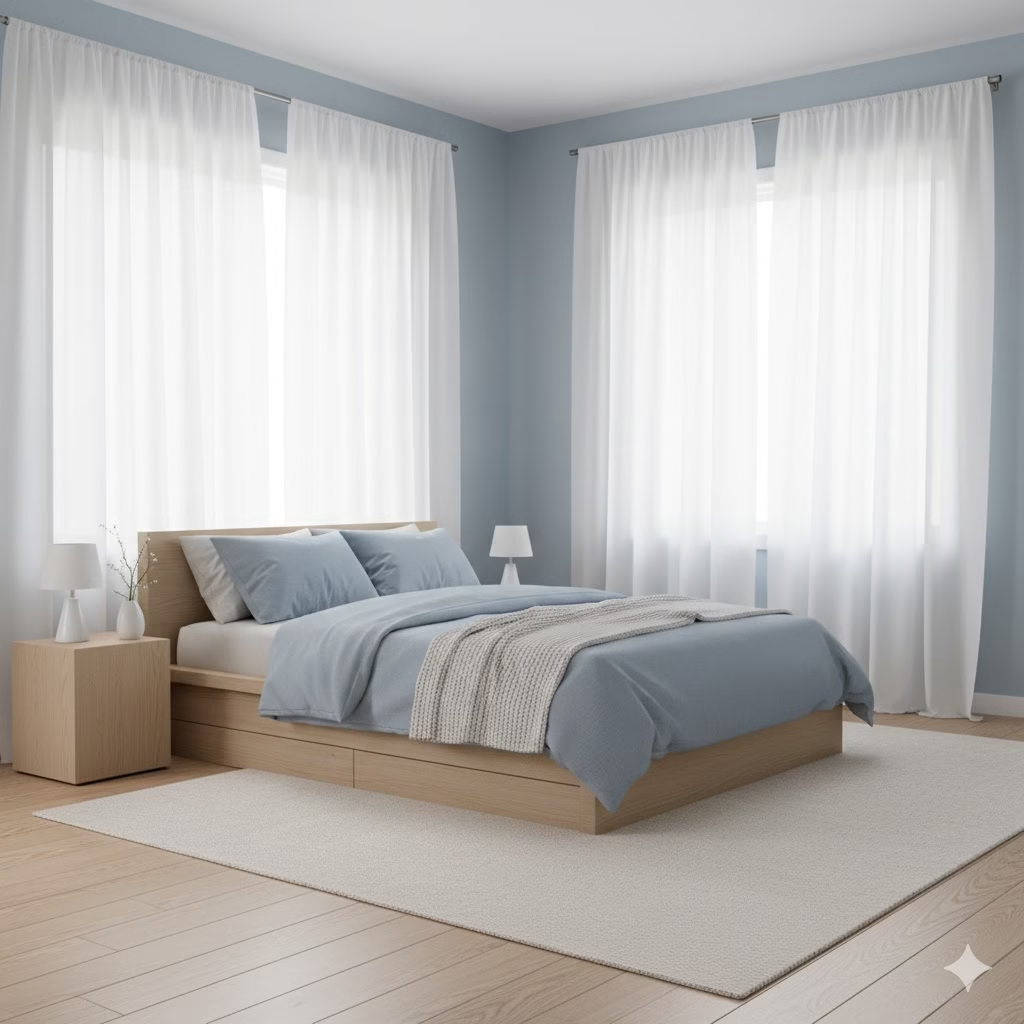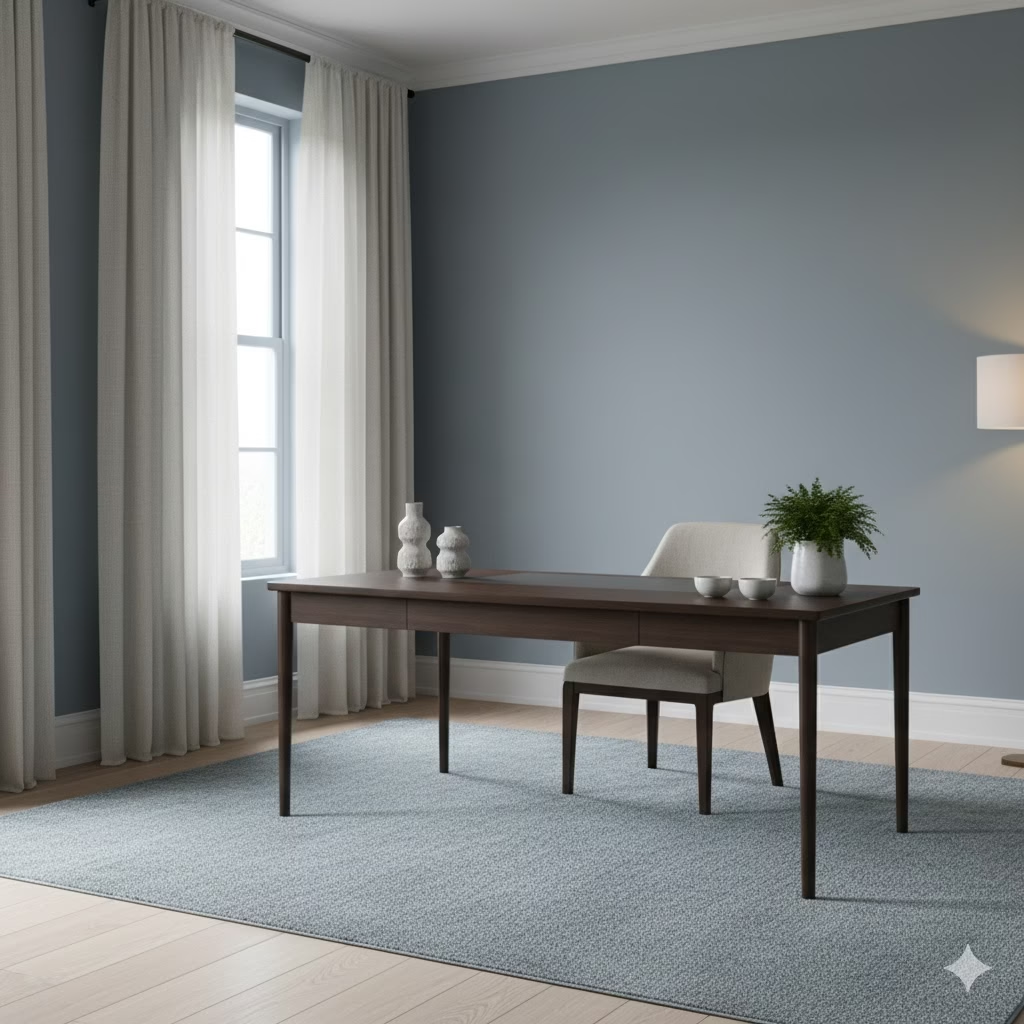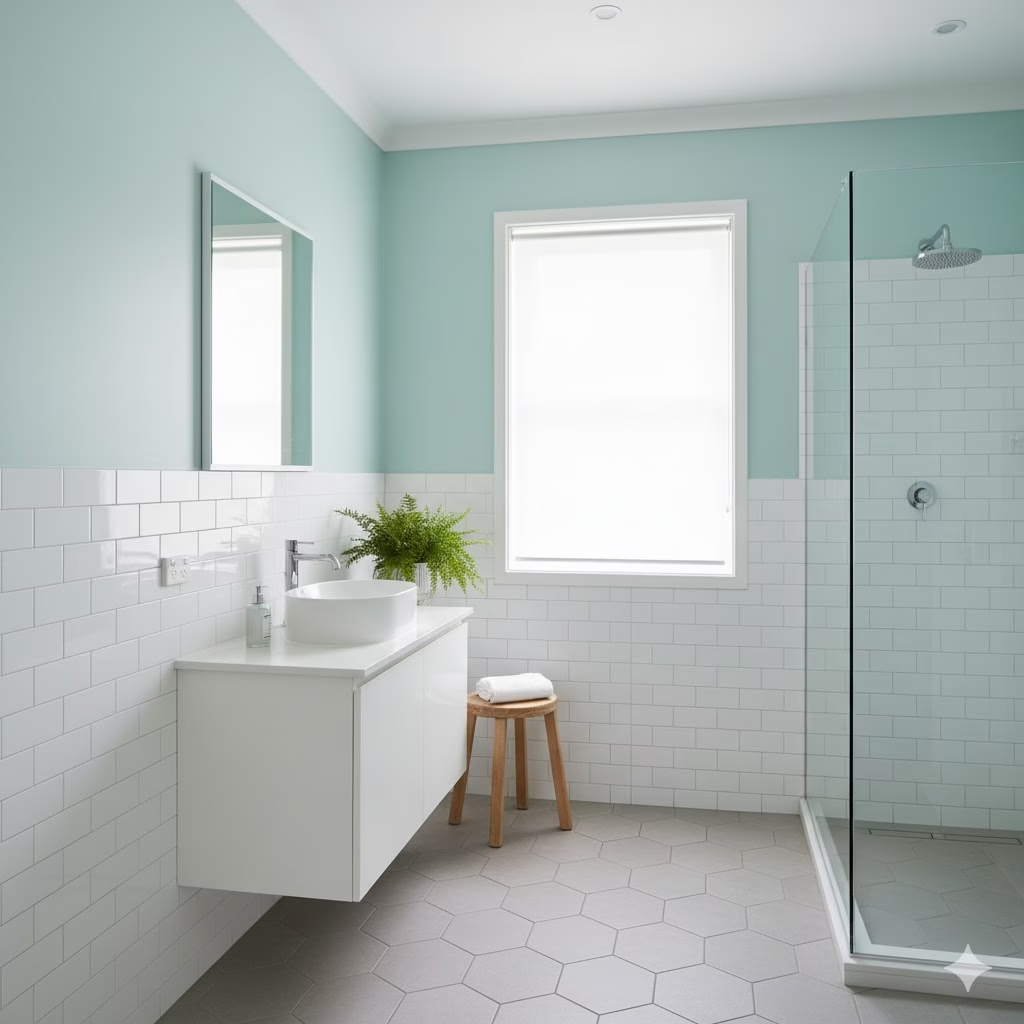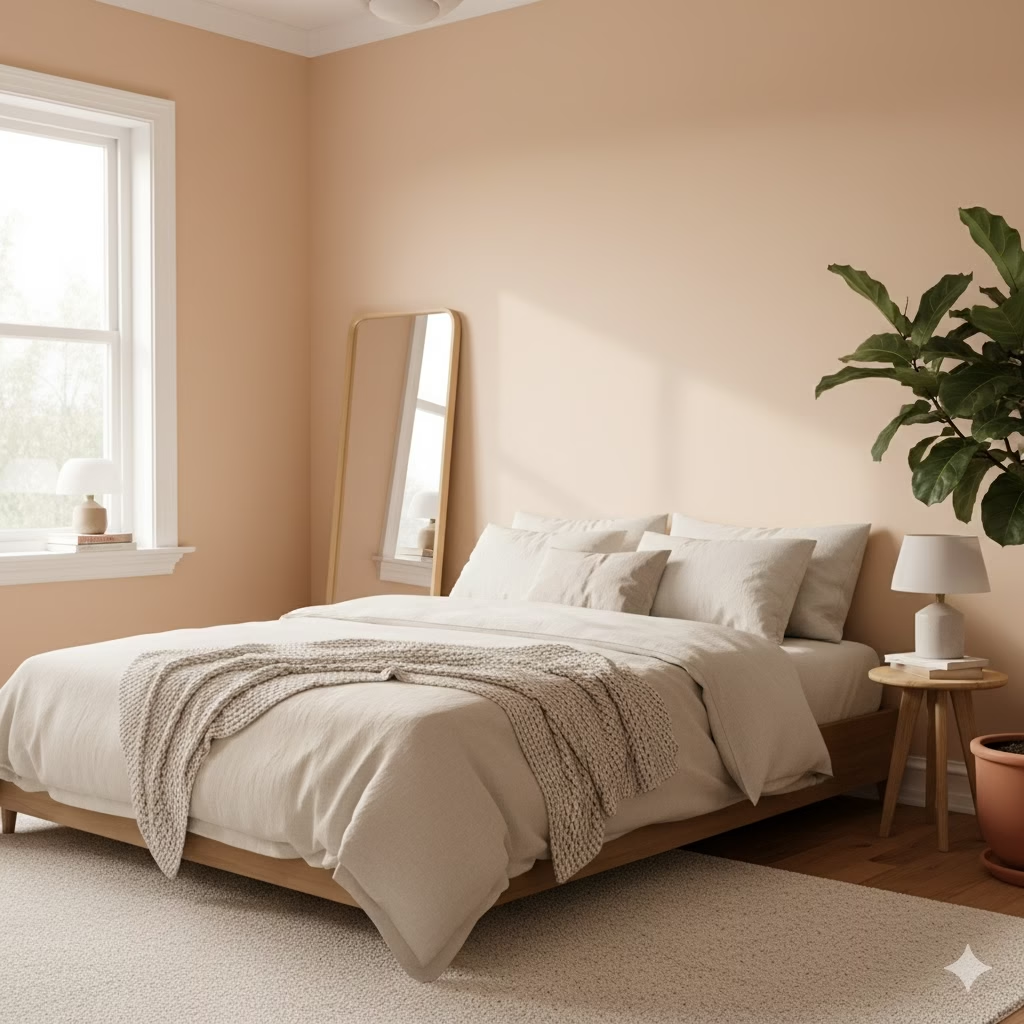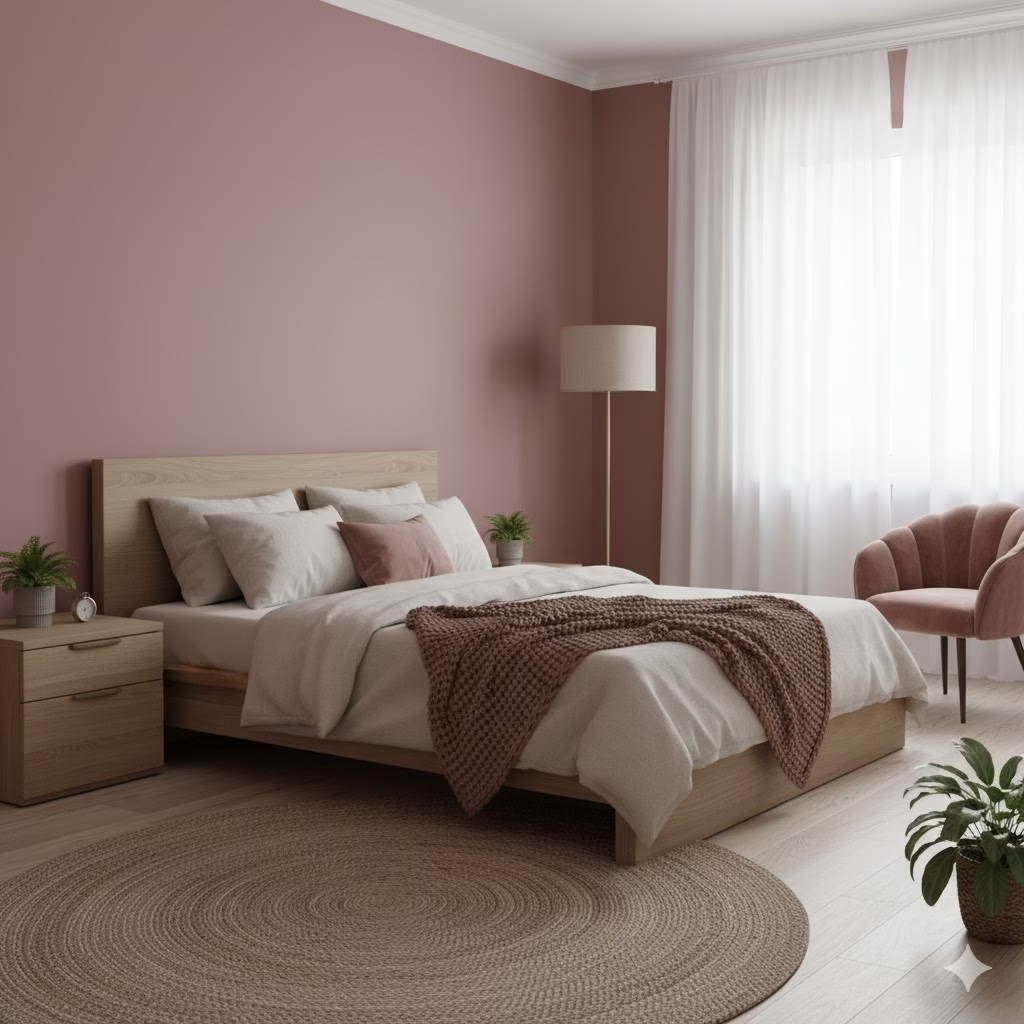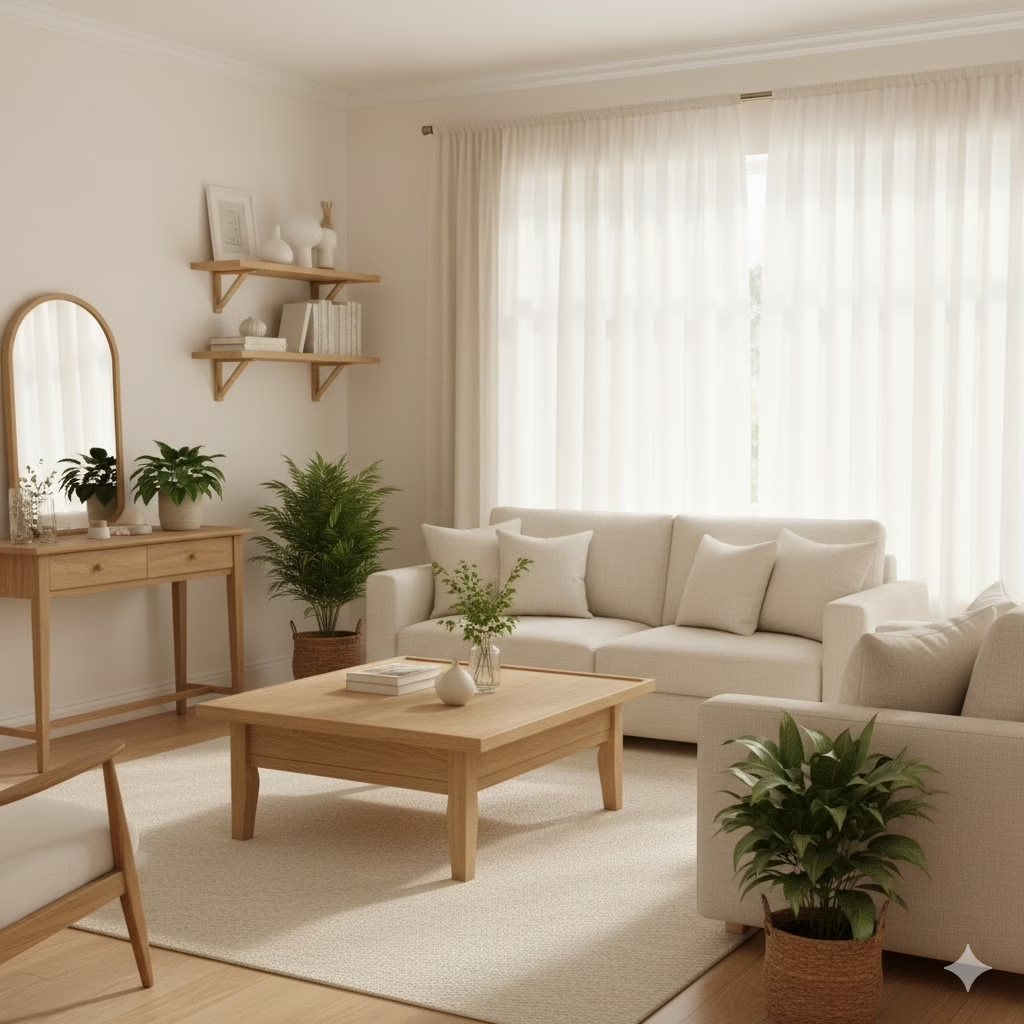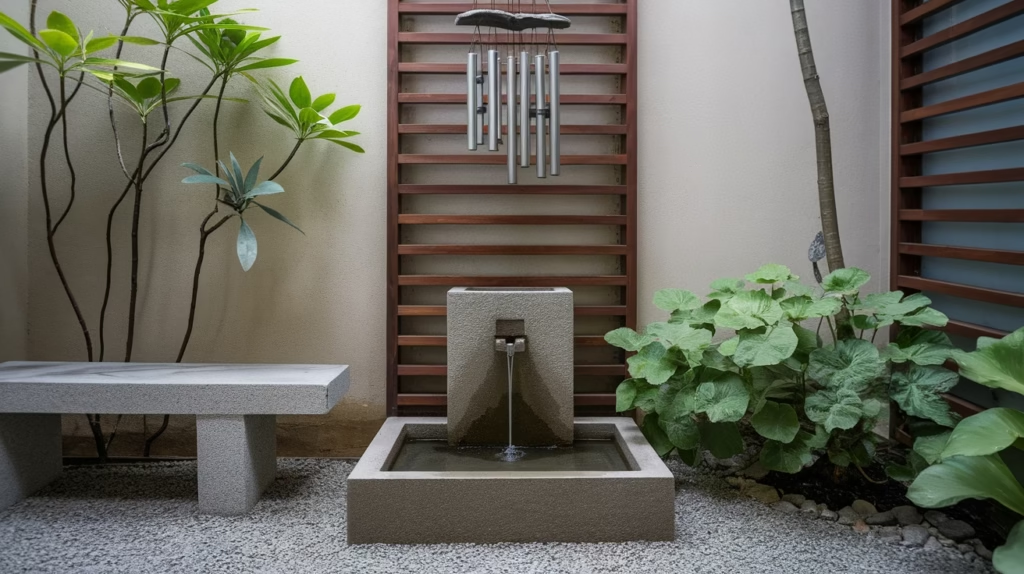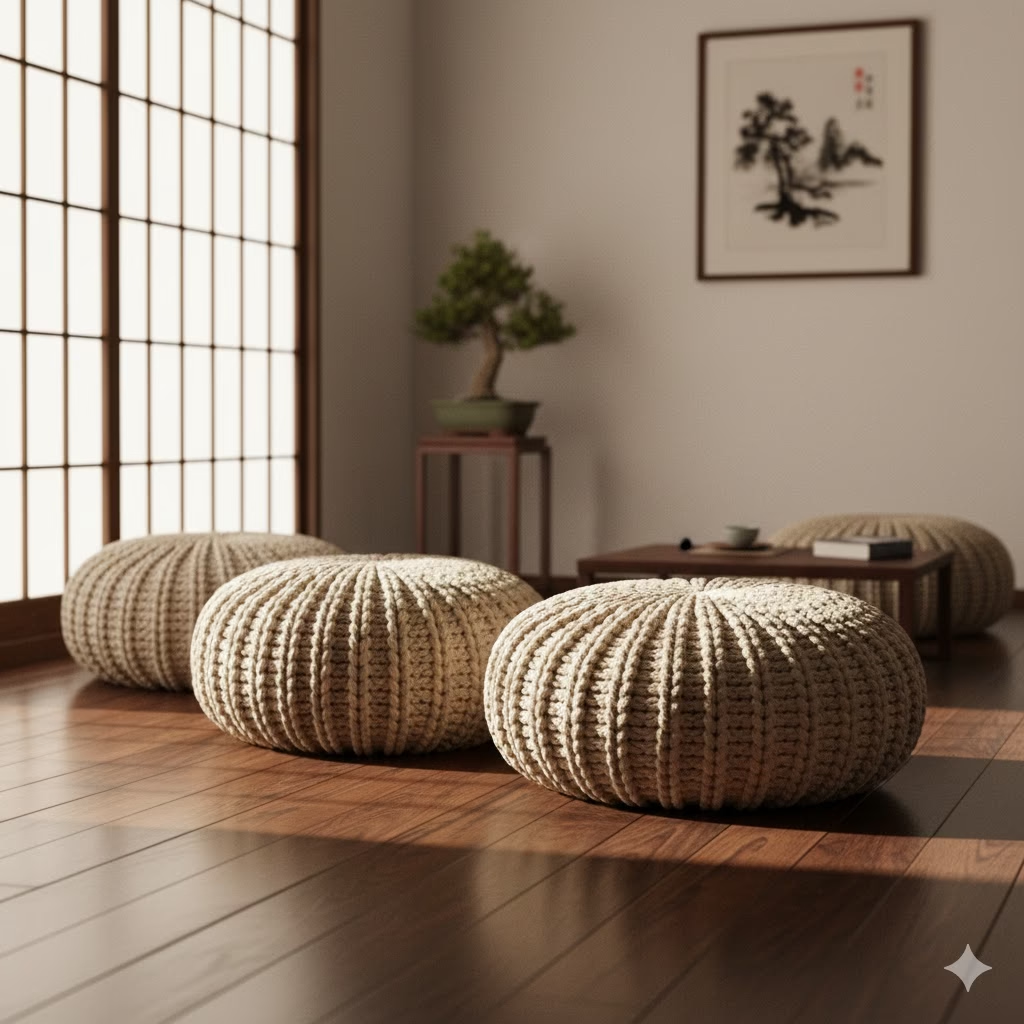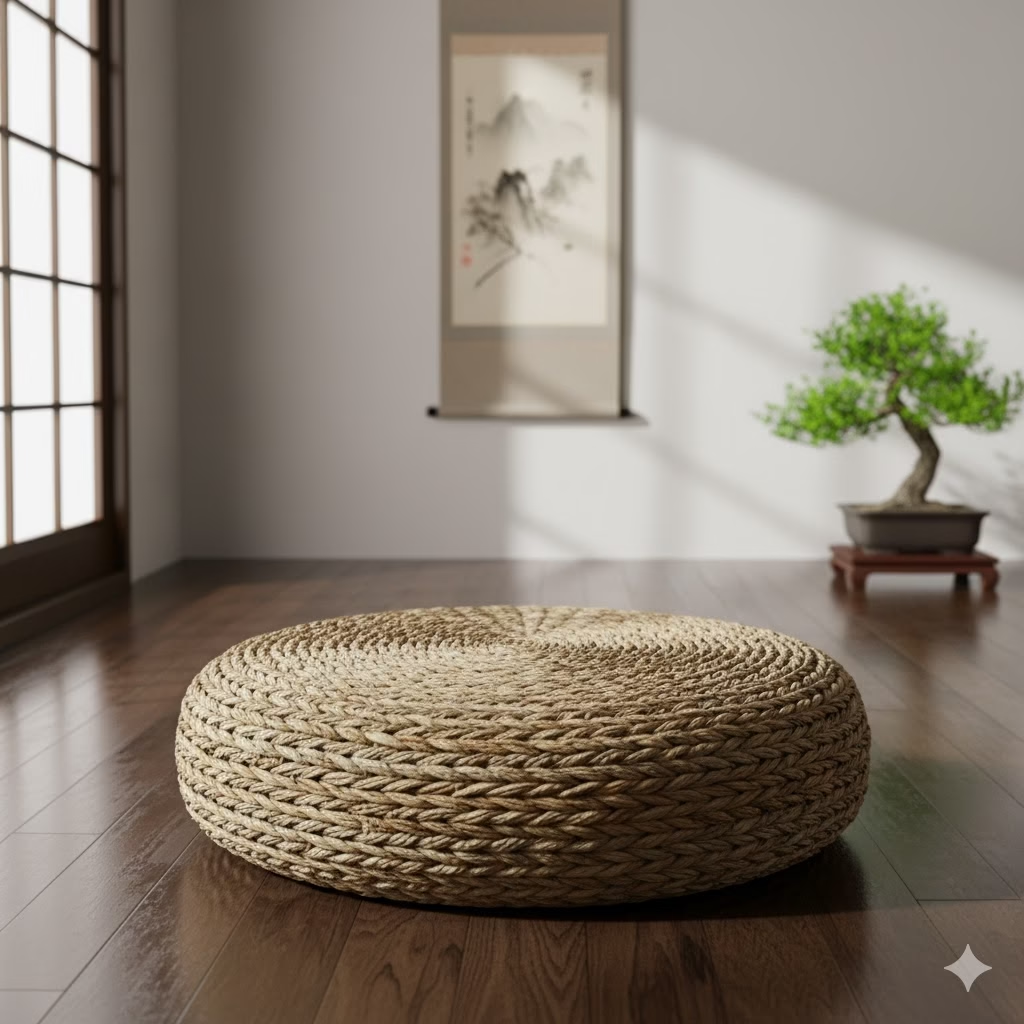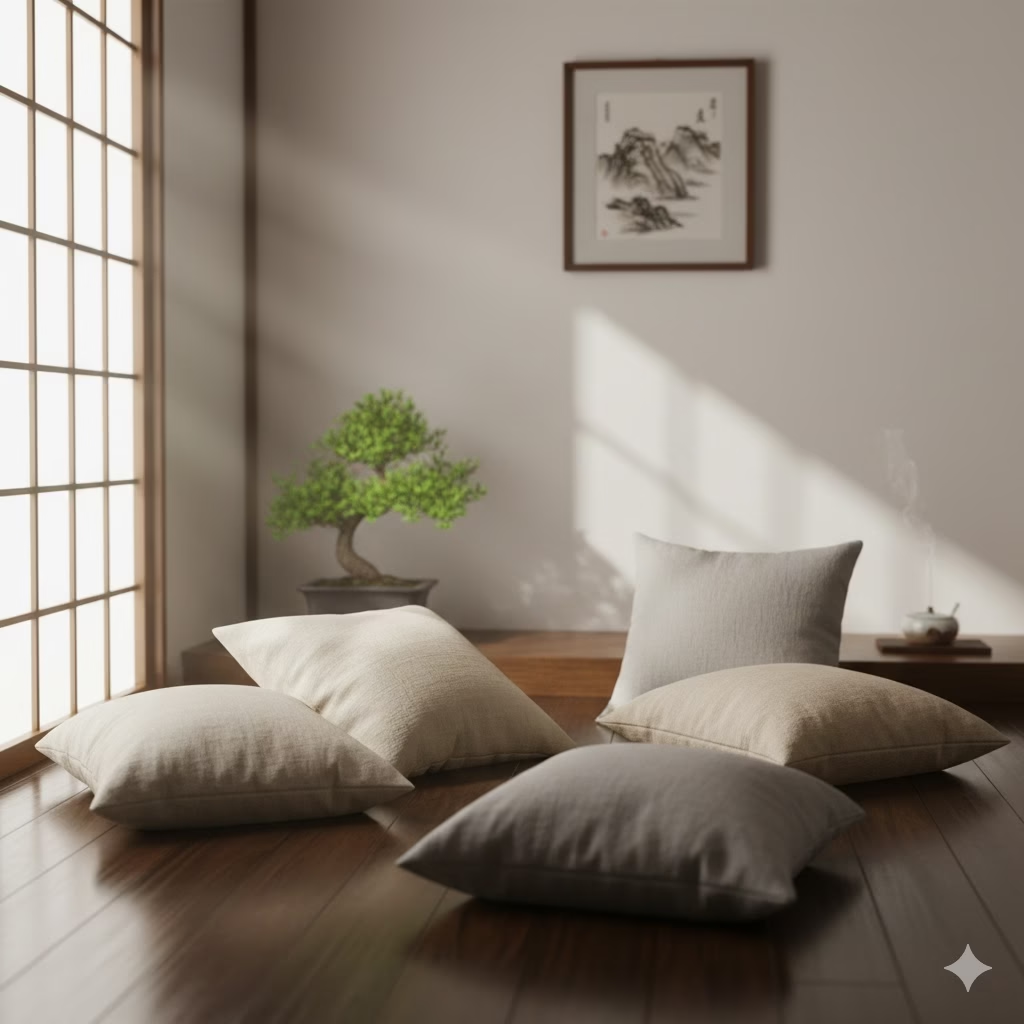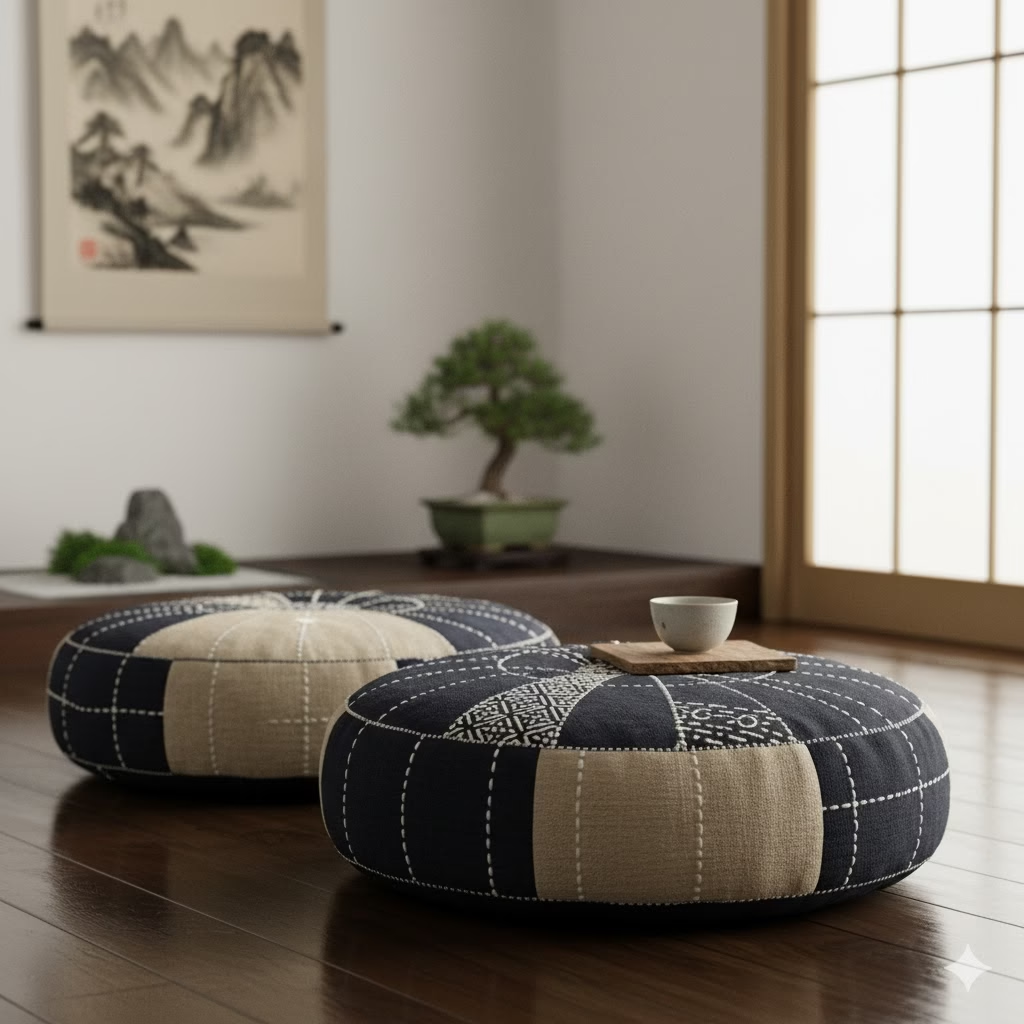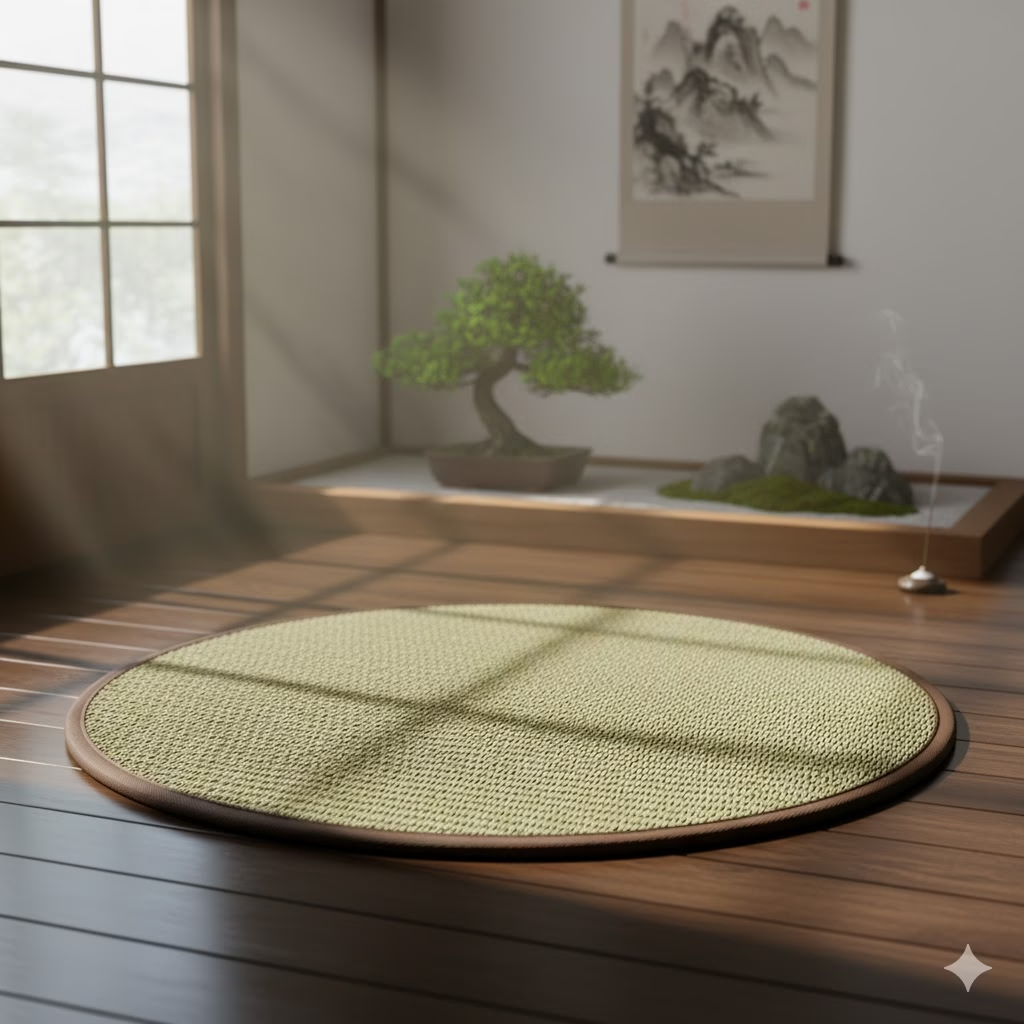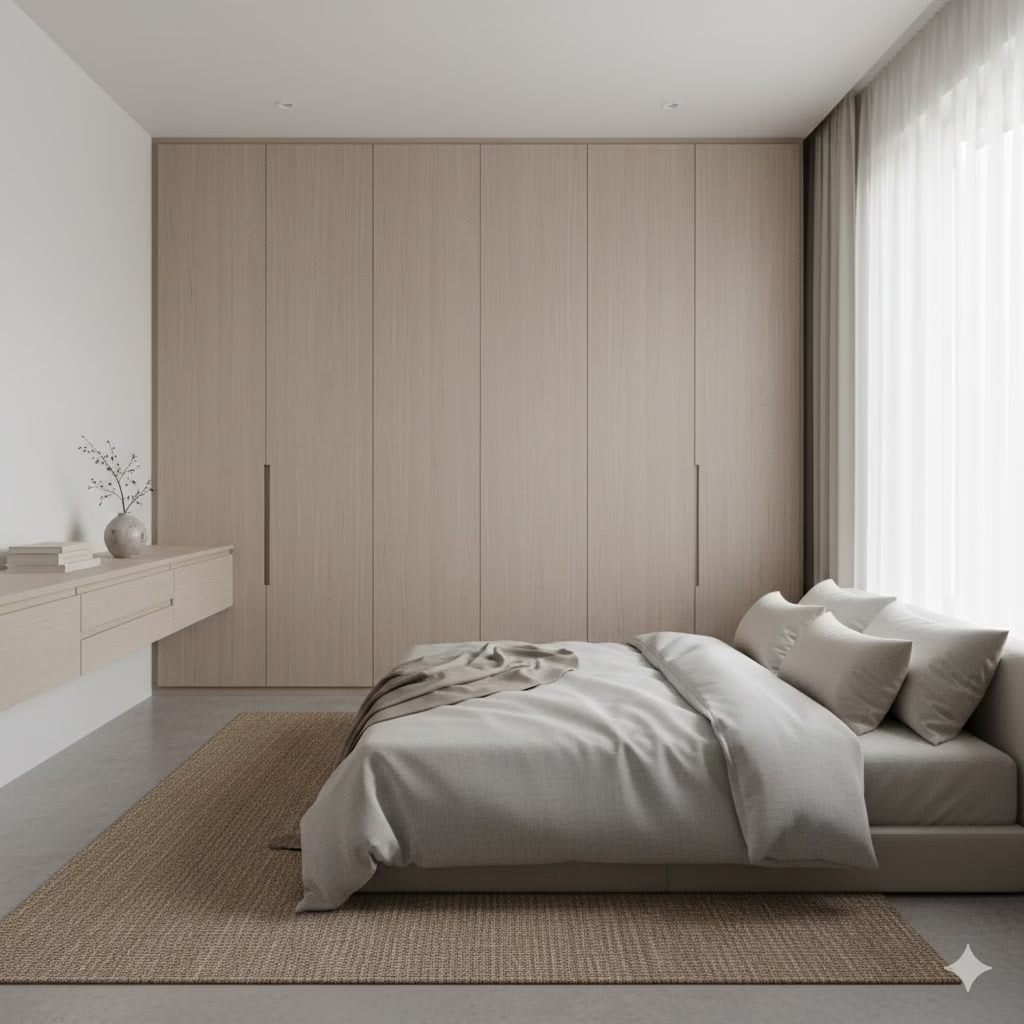
How to Design a Zen Bedroom for Better Sleep
I was a lifelong night owl. I was a true champion of the “five more minutes” snooze button. For years, I battled my own bedroom. It wasn’t a sanctuary; it was a storage unit and an obstacle course. I only found true rest when I embraced a Zen Bedroom design. This guide is for you if you’re ready to stop just existing in your room and start truly resting in it.
Introduction: Your Sanctuary Awaits
Your bedroom is the most important room in your house. It is where you recharge and prepare for the day ahead. Still, for many, it is a mess. It is a chaotic mix of laundry, gadgets, and projects. If you find it hard to fall asleep or wake up tired, the fix is not a new mattress. It might be in the design of your room.
The idea of a Zen Bedroom comes from traditional Japanese minimalism. It uses the ideas of harmony, balance, and quiet. This process is not about adding things. It is about removing what causes stress. It is about curating what promotes peace.
This guide will show you the essential 10-point checklist. It has clear steps and examples. You will learn how to design the perfect sleep sanctuary.
The Zen Bedroom 10-Point Design Checklist
Step 1: Zen Bedroom: Embrace the Power of Decluttering (The Foundation)
Do not paint a wall or buy anything yet. You must first clear the clutter. In Zen thinking, clutter means blocked energy, or chi. This can ruin your mental calm. A messy room is a visual sign of a messy mind.
How to Do It:
- The “Out-of-Sight” Rule: Take out anything that does not help you sleep, relax, or feel close. This includes gym gear, stacks of papers, and anything that reminds you of work or chores.
- Closed Storage: Use sleek storage that closes, like chests, wardrobes, and drawers. The key rule is: once the door is shut, you cannot see the mess.
- The 3-Item Surface Limit: Put only three carefully chosen items on dressers and nightstands. For example, a lamp, a book, and a small plant.
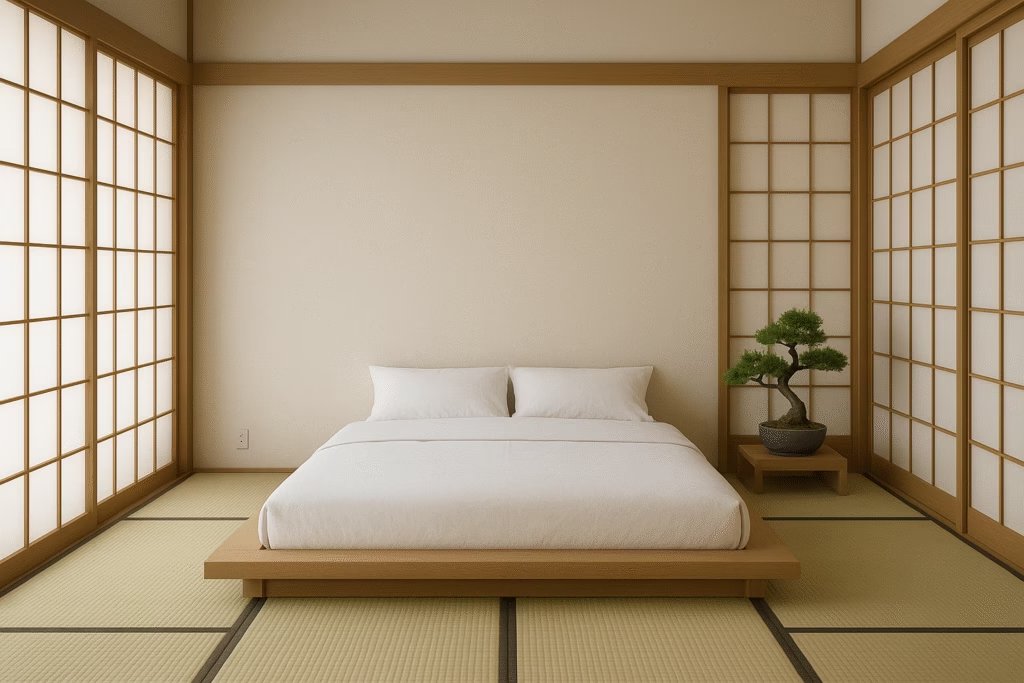
Step 2: Choose a Calming, Natural Color Palette (The Atmosphere)
The colors in your room affect your mood. Bright, bold, or very strong colors excite the mind. This makes it harder to relax. Zen design likes colors found in nature.
How to Do It:
- Neutrals First: Use soft whites, muted grays, beige, and light taupe for your main wall colors.
- Natural Accents: Add color through bedding and decor. Use earthy, calming colors like sage green, deep forest green, muted navy blue, charcoal gray, or soft terracotta.
- Avoid: Do not use bright reds, oranges, or shiny finishes. They are too stimulating for a sleep space.
Example: Paint three walls a crisp, soft white. Make the wall behind your bed a soothing sage green accent wall.
Step 3: Zen Bedroom: Prioritize Natural Materials (The Sensory Experience)
A Zen space uses materials that feel good to touch. They must also look grounding. These materials link you to nature. They create a sense of warmth and lasting quality.
How to Do It:
- Wood: Choose light- or medium-toned wood for furniture. The bed frame and nightstands matter most. Bamboo and light oak are great choices.
- Textiles: Pick natural fabrics for bedding. Use high-quality linen, organic cotton, or hemp. They breathe well and have a nice, relaxed texture.
- Flooring: Use hardwood floors. Natural fiber rugs, like jute or wool, work better than wall-to-wall carpets.
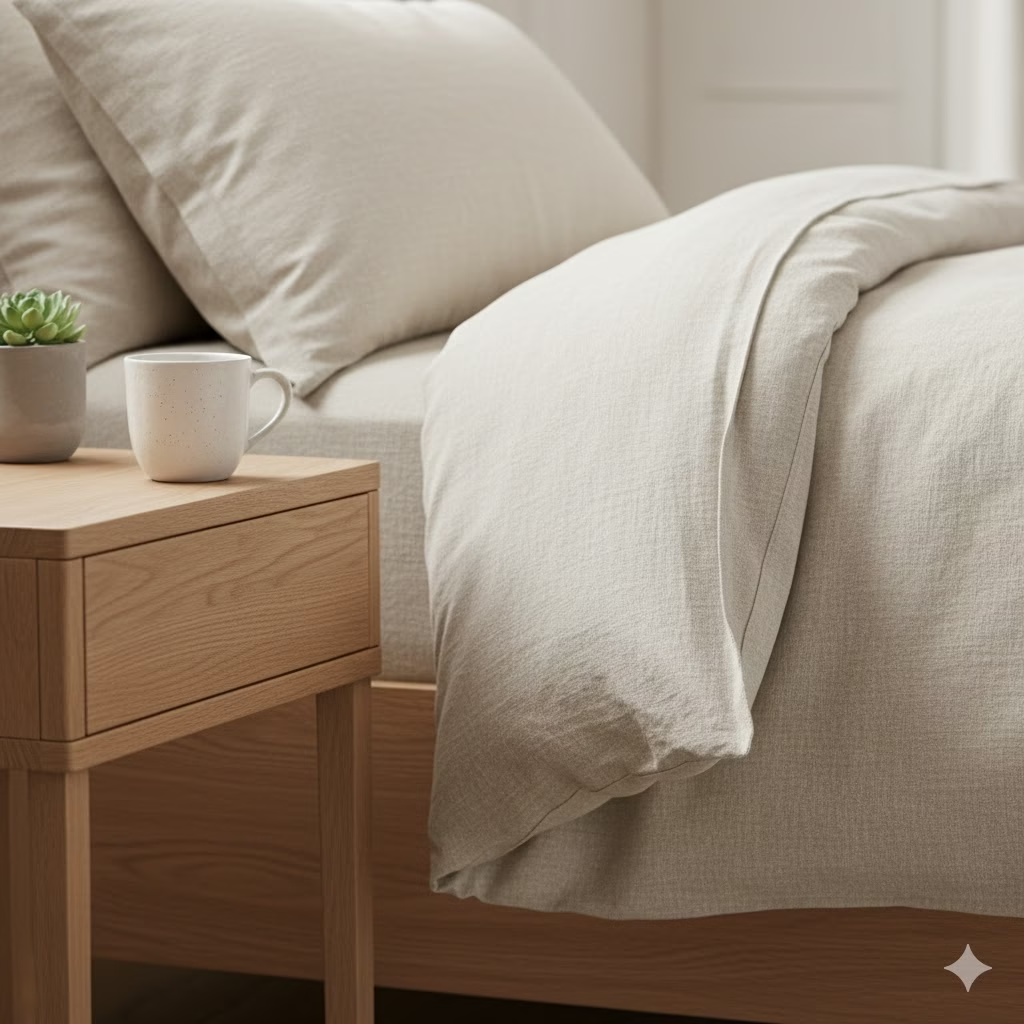
Step 4: Master the Art of Soft, Layered Lighting (The Mood Setter)
Harsh overhead lighting is bad for peace. A Zen Bedroom uses soft, indirect, and layered light. This makes the room feel gentle, like a safe cocoon.
How to Do It:
- Ditch the Single Overhead: Use lamps instead of one ceiling light. Place table lamps, floor lamps, and maybe a small wall light.
- Warm Tones: Use LED bulbs that are 2700K (Warm White). This light looks like a sunset. It signals your brain to make melatonin.
- Dimmer Switches: Put dimmers on all your lights. The chance to slowly lower the light is key for winding down.
Example: Use an elegant Japanese-style paper lantern (an Akari lamp) on a dimmer. This gives soft, diffused light.
Step 5: Zen Bedroom: Select the Right Window Treatments (Control and Privacy)
To sleep deeply, you must control light and ensure privacy. Light from outside or the early sun will wake you up too soon.
How to Do It:
- Blackout Backing: Use curtains or blinds with a blackout lining. You need total darkness. This is best for making melatonin.
- Sheer Layers: Use two types of layers. Use sheer linen curtains for privacy and soft light in the day. Use heavy blackout drapes for the night.
- Natural Textures: Bamboo blinds or woven wood shades add a beautiful, earthy feel. This fits the Zen look.
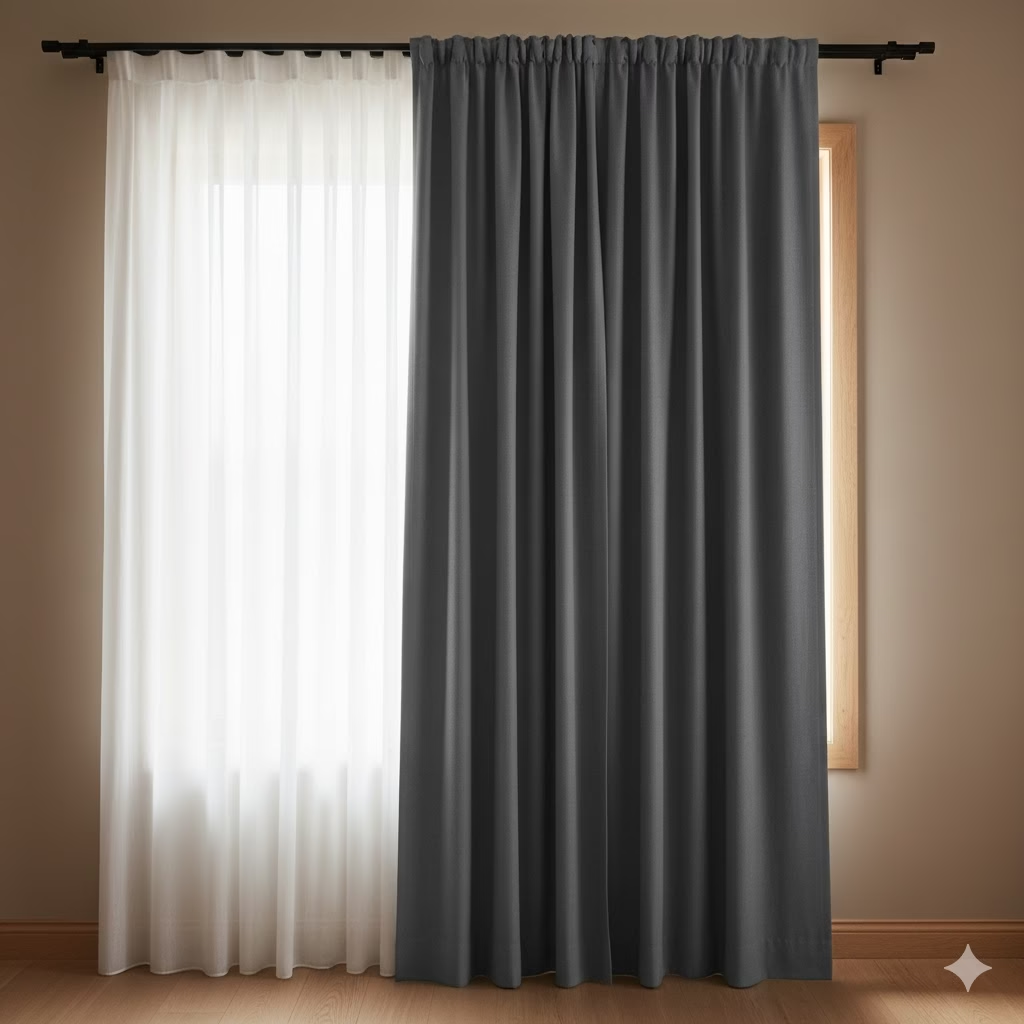
Step 6: Zen Bedroom: Introduce Life with Biophilic Design (The Connection to Nature)
Biophilia is our deep wish to connect with nature. Adding plants and natural items can greatly lower stress. It can also make the air cleaner.
How to Do It:
- Air Purifiers: Place air-cleaning plants in the room. Snake Plants (Sansevieria) or Peace Lilies are good choices. They release oxygen at night.
- Low Maintenance: Pick plants that are easy to care for. You do not want them to become a new stress source.
- Natural Elements: Add a small tray of clean pebbles. Include a piece of driftwood or a simple flower arrangement. Bring a piece of the outdoors inside.

Step 7: The Bed: Position and Presentation (The Focal Point)
The bed is the heart of the Zen Bedroom. How you place it and dress it up is vital. It must feel comfortable and secure. This follows Feng Shui rules.
How to Do It:
- Commanding Position: Place the headboard against a strong wall. You should be able to see the door, but do not line the bed up with it. This creates a hidden sense of safety.
- High-Quality Bedding: Buy the best sheets you can. They must be breathable and feel good. Layer a light duvet with a soft throw. This creates depth and comfort.
- Minimal Pillows: Do not use too many fancy pillows. Stick to two sleeping pillows per person. You can use one or two simple accent pillows, but no more.
Step 8: Silence the Tech and Eliminate Blue Light (The Digital Detox)
A Zen Bedroom is a sleep room. It is not a place for entertainment or work. Blue light from screens stops your brain from making melatonin. It keeps your mind too active.
How to Do It:
- The Charging Station: Make a “tech parking lot” outside the bedroom. If you must charge your phone, put it in a drawer. Place it on the far side of the room, face down.
- No TV Rule: The TV is a distraction. If you must keep it, hide it in a cabinet. Use a sliding screen when you are not using it.
- Analog Alarm: Do not use your phone for an alarm. Get a simple, dedicated analog clock or a gentle sunrise alarm clock instead.
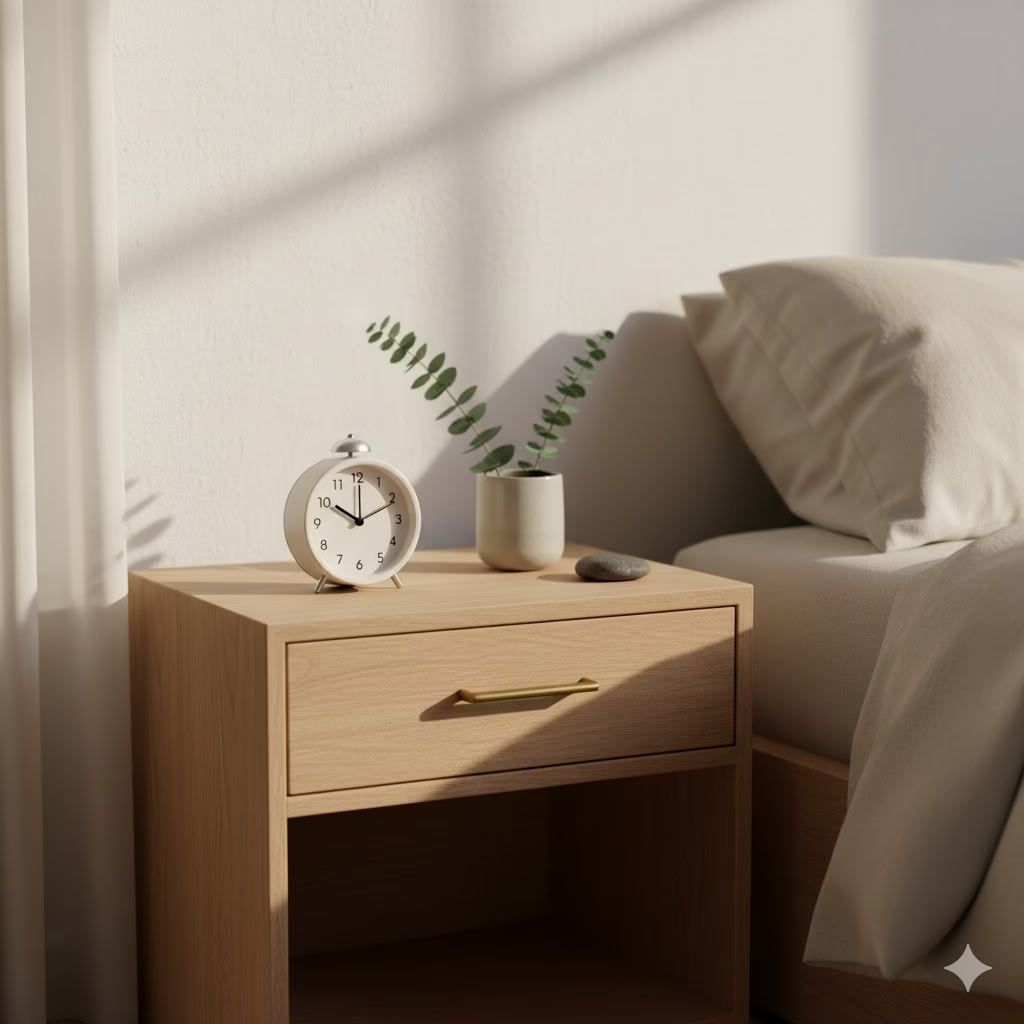
Step 9: Engage Soothing Aromas and Sounds (The Complete Sensory Reset)
Using your sense of smell and hearing helps your body relax. It signals that it is time to rest.
How to Do It:
- Aromatherapy: Use an essential oil diffuser 30 minutes before bed. Use relaxing scents. Lavender, Chamomile, and Cedarwood are proven to promote calm.
- Acoustic Control: Use thick rugs and heavy curtains. They help absorb outside noise. A white noise machine can provide a gentle, steady sound.
- The Unscented Rule: Do not use fake or strong smells. Strong candles or air fresheners can stop you from sleeping well.

Step 10: Curate Thoughtful Art and Personal Touches (The Final Polish)
Zen design is simple, but it should not be dull. The art and personal items you choose should bring feelings of peace, joy, and calm.
How to Do It:
- Inspirational Art: Choose quiet, abstract, or nature-focused art. Think of landscapes, soft water colors, or simple drawings. Avoid chaotic or tense pictures.
- Meaningful Objects: You can keep personal items if they are few and tidy. For example, a single, cherished photo or a smooth stone from a peaceful hike.
- Symmetry and Balance: Use simple symmetry. Use two nightstands and two lamps. This makes the room look orderly and balanced. This is calming to the eye.
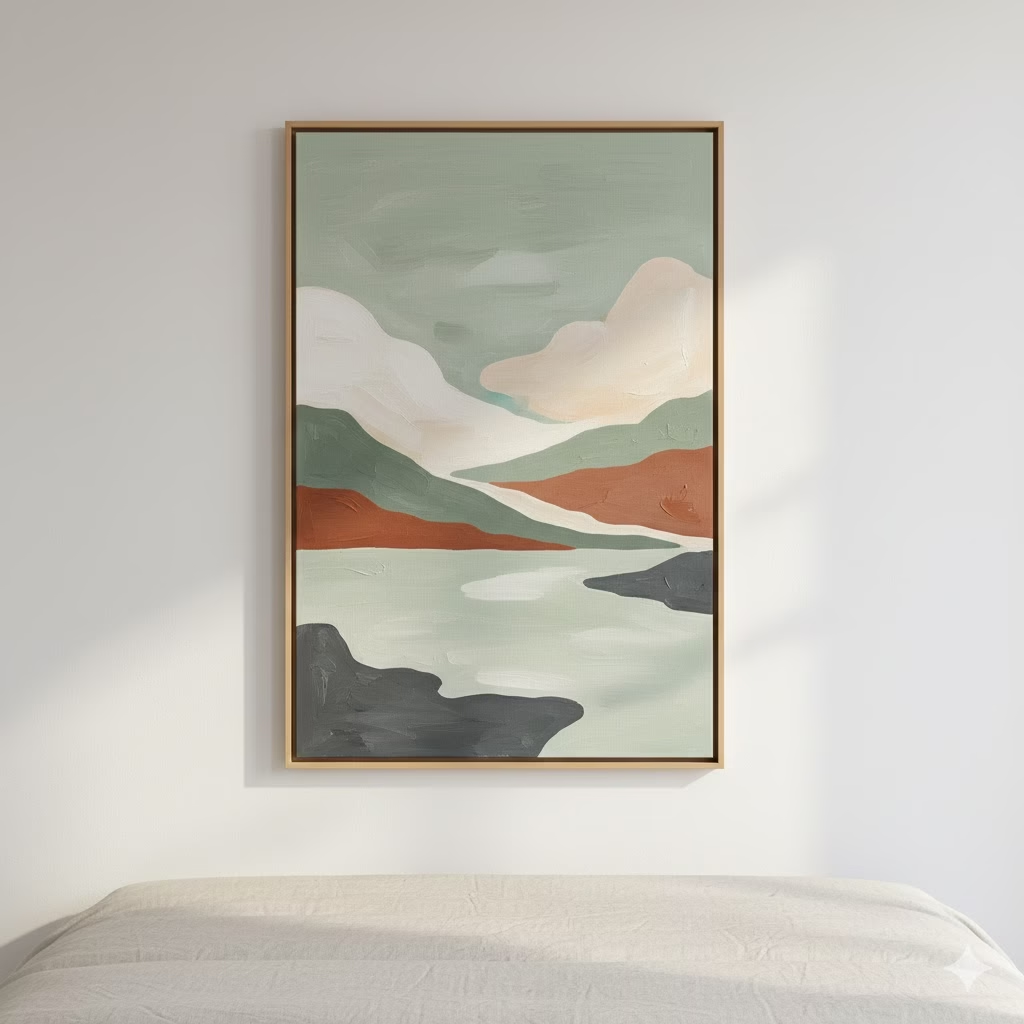
Zen Bedroom Design Examples and Inspiration
The Zen look can fit many personal styles. Here are a few ways to create it:
| Zen Sub-Style | Description | Key Elements to Use | Image Placeholder |
| Pure Japanese Minimalism | Focus is extreme simplicity, space, and light. Furniture is low to the ground. | Low platform bed, rice paper screens (shoji), tatami mats, single bonsai plant. | [Image 8 Placement] |
| Japandi (Zen + Scandinavian) | The comfort of Scandi design meets the simple Zen look. Focus is on coziness. | Muted colors, light oak wood, textured woven fabrics (throws, rugs), simple pottery. | [Image 9 Placement] |
| Modern Earthy Zen | Uses darker, moodier neutral colors. Puts great focus on texture. | Charcoal walls, dark wood accents, heavy linen bedding, stone or slate features. | [Image 10 Placement] |
Frequently Asked Questions (FAQ)

Q: Do I need to get rid of my TV to have a Zen Bedroom?
A: The best Zen plan is to remove it. A practical plan is to limit its impact. If you keep it, hide it when you are not using it. Do not watch it right before you sleep. Treat the bedroom as a sleep-only space for the hour before bedtime.
Q: Can I use mirrors in a Zen Bedroom?
A: Feng Shui experts suggest not placing a large mirror where it reflects the bed. This can interrupt sleep energy. If you need a mirror, put it on the inside of a closet door. Place it where you cannot see your reflection while lying in bed.
Q: What is the single most important change I can make?
A: The most powerful, quick change is decluttering and reducing technology. These two steps quickly cut down on visual and mental noise. Noise is the biggest hurdle to a peaceful, Zen mind state.
Q: How do I create a Zen space on a tight budget?
A: Focus on paint and light. Paint the walls a soothing neutral color. This is cheap and has a big effect. Instead of costly furniture, buy cheap dimmer switches and warm light bulbs. Use low-cost woven baskets for closed storage.
[Image 11 Placement: A final, beautifully styled Zen Bedroom.]
References
- NIH – Healthy Dwelling
- ResearchGate – Effects of colour of light on nonvisual psychological
- The Spruce – What Is the KonMari Method?
Recent Posts

